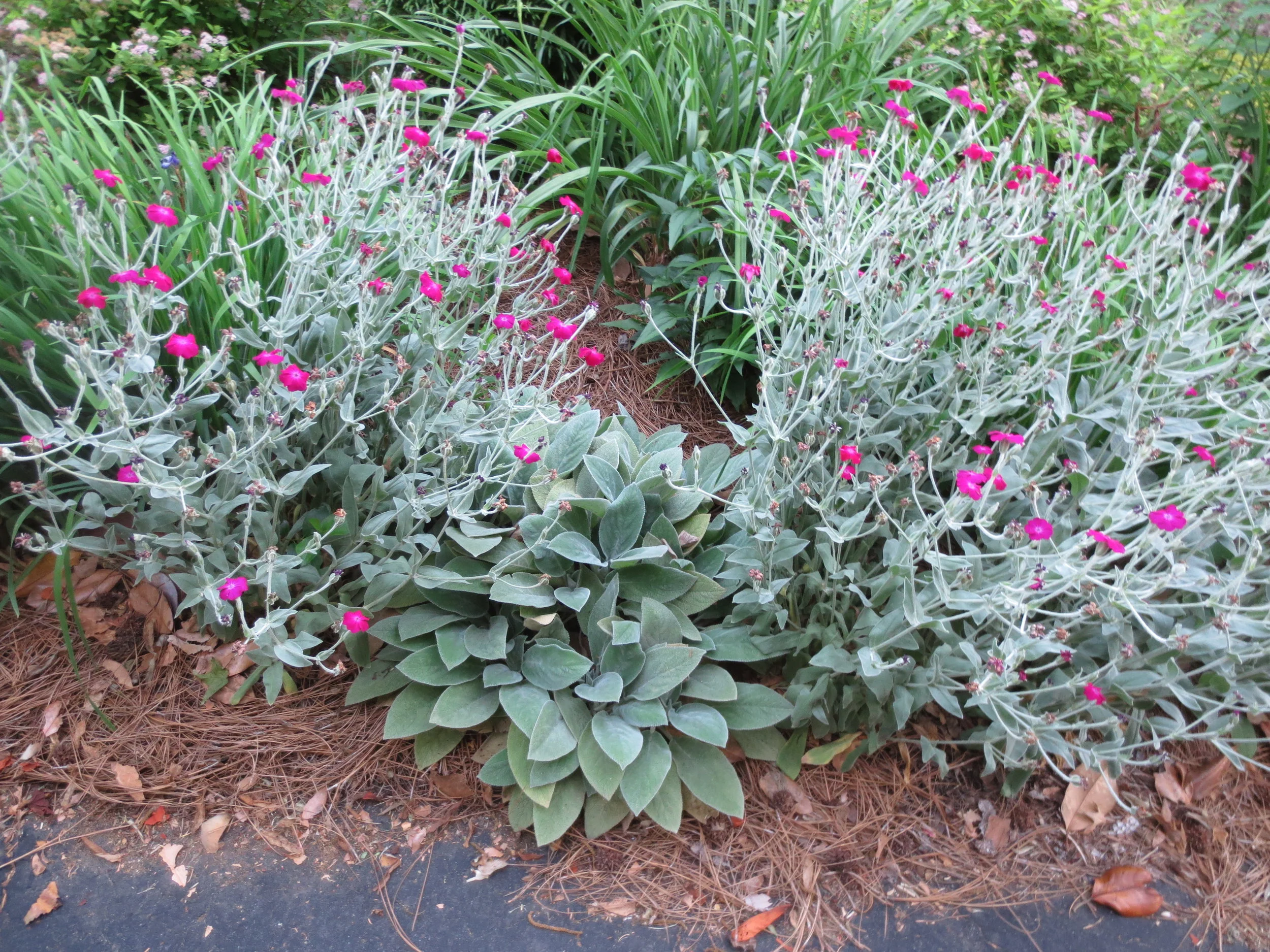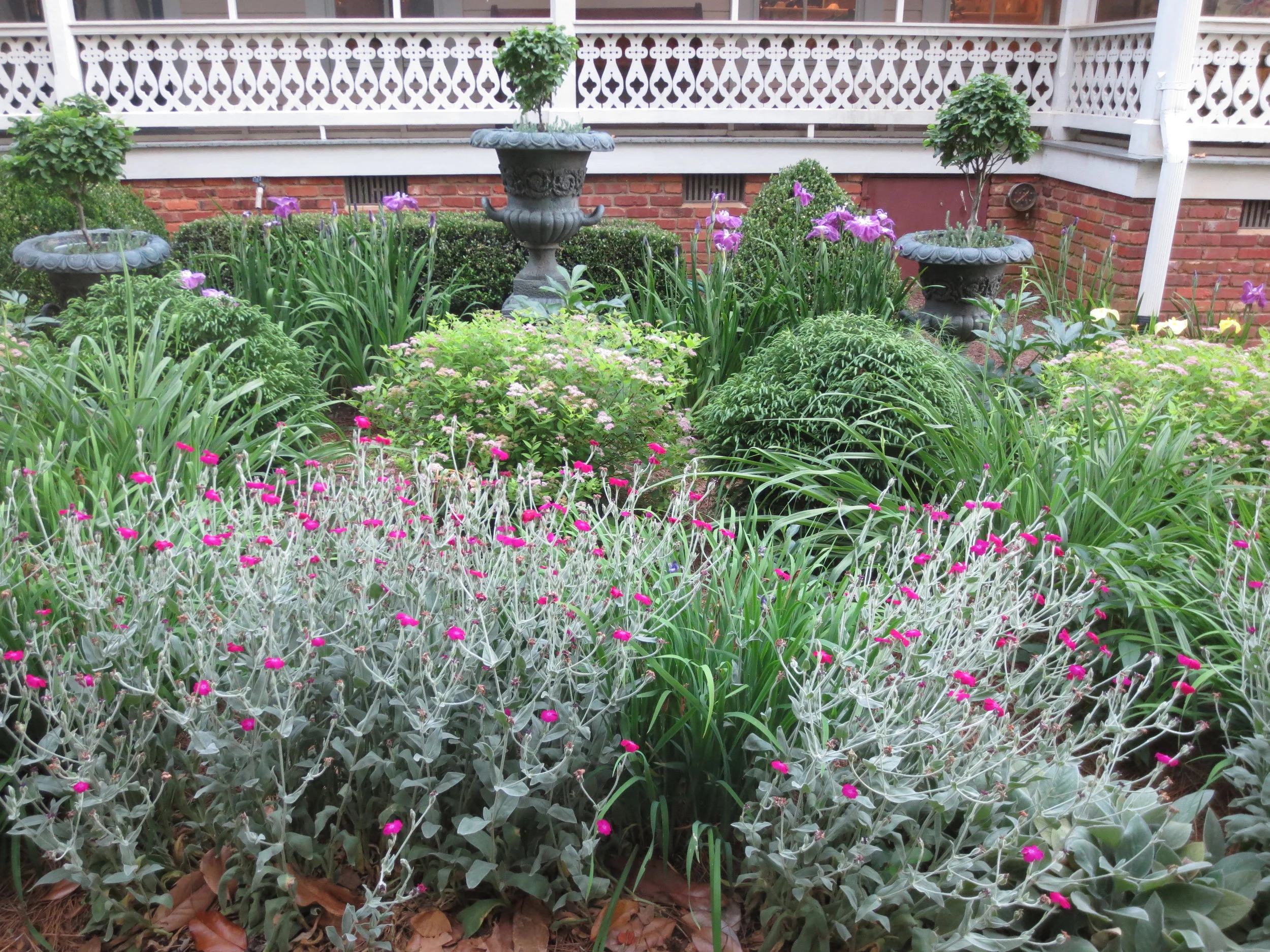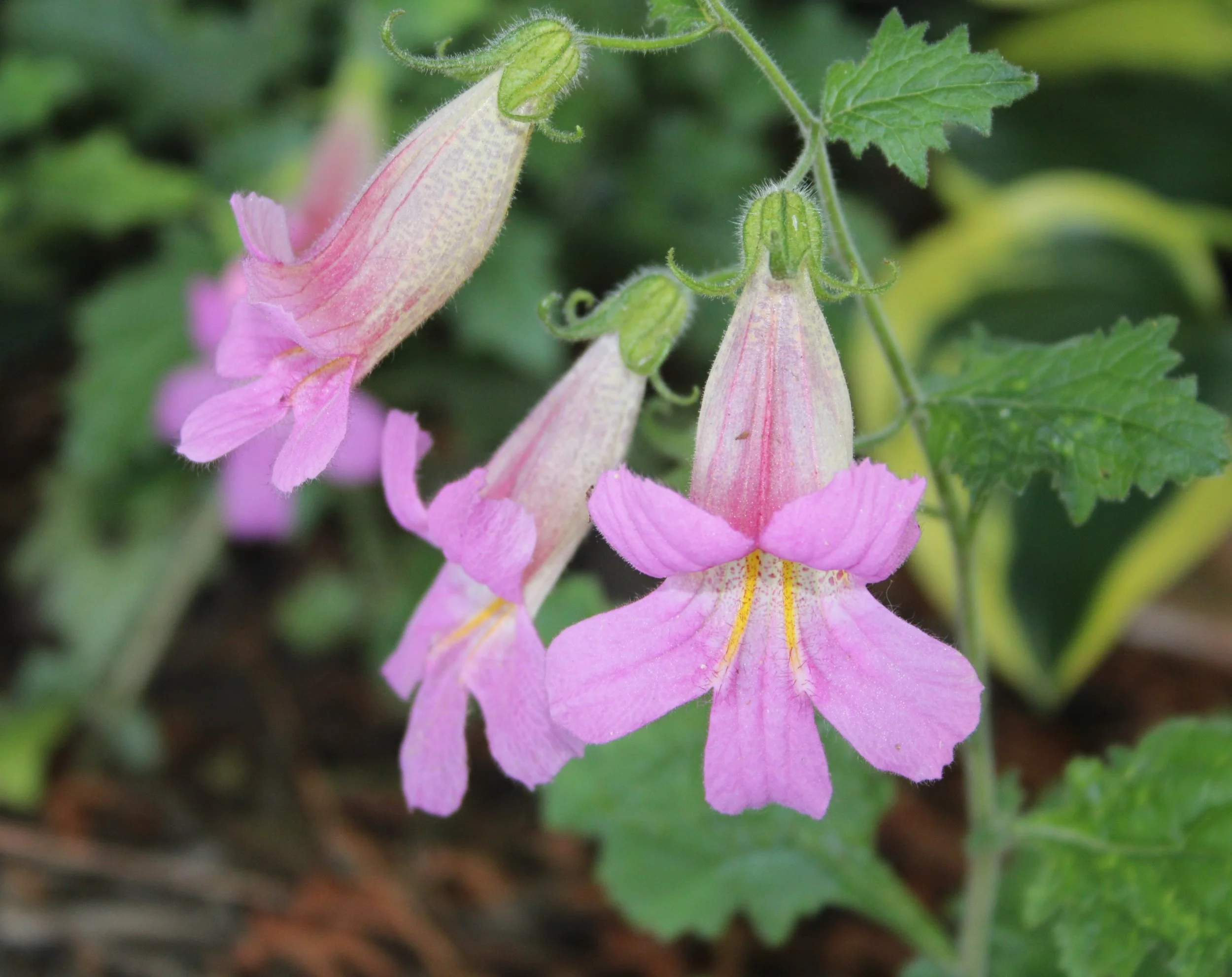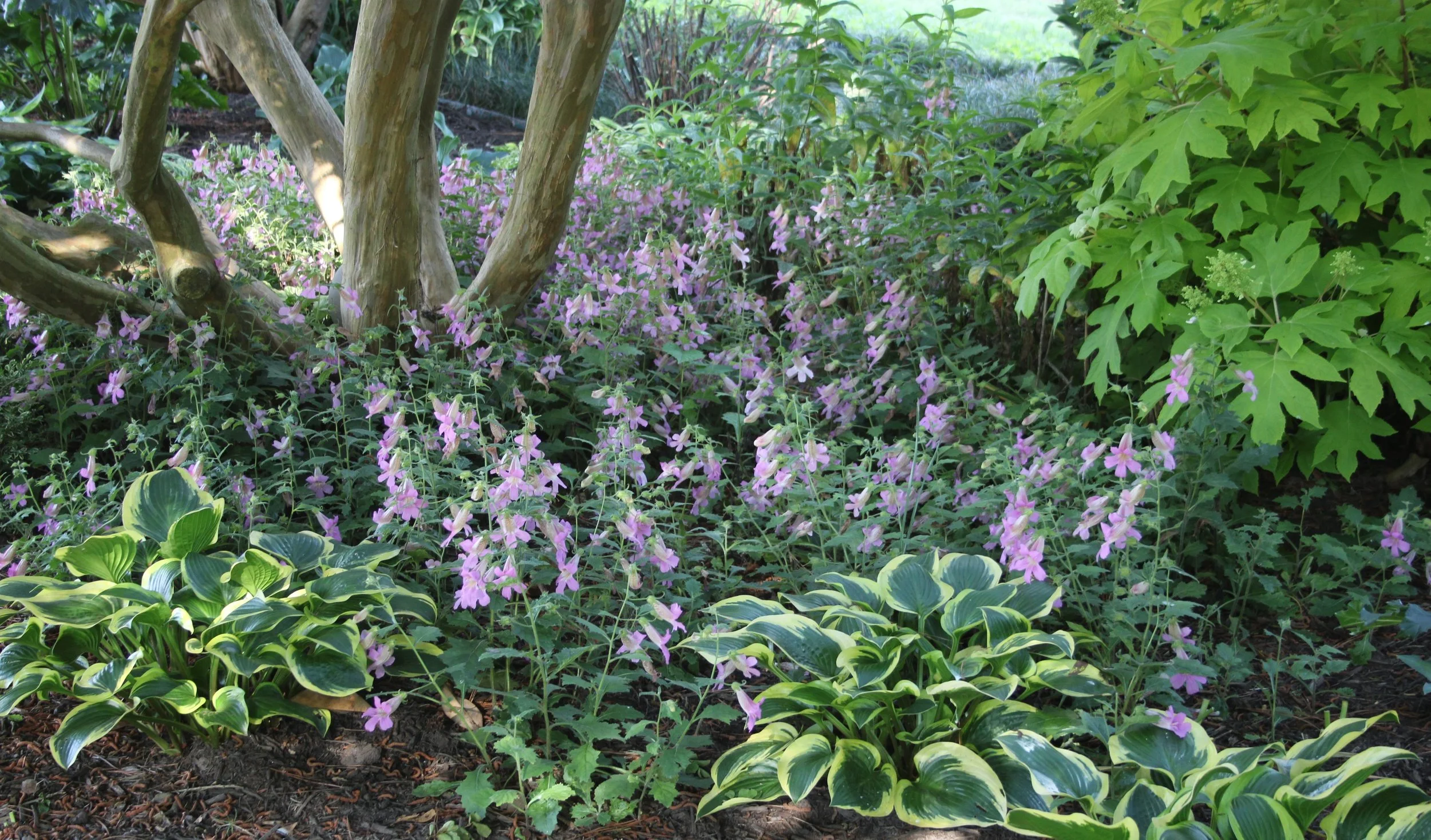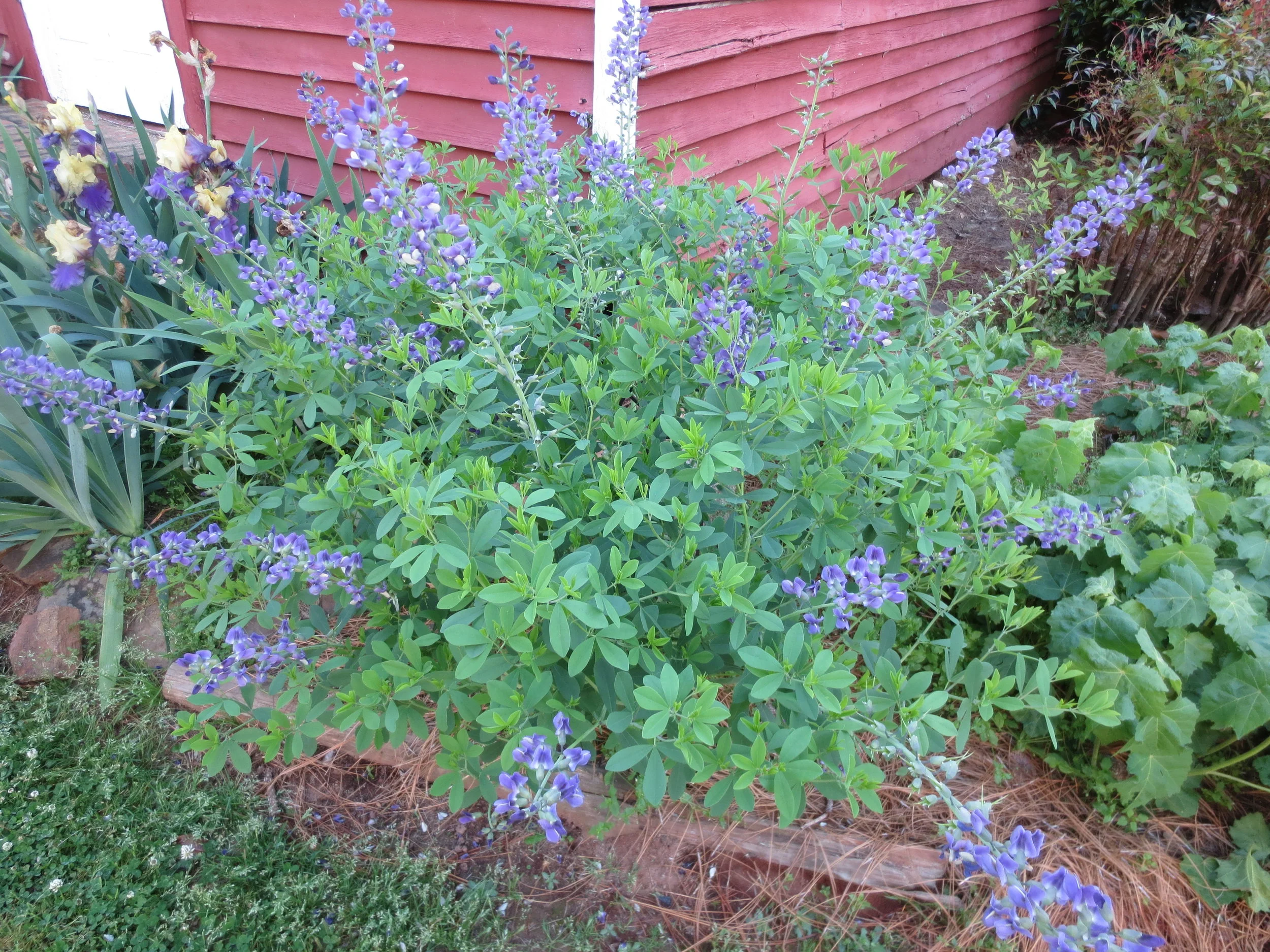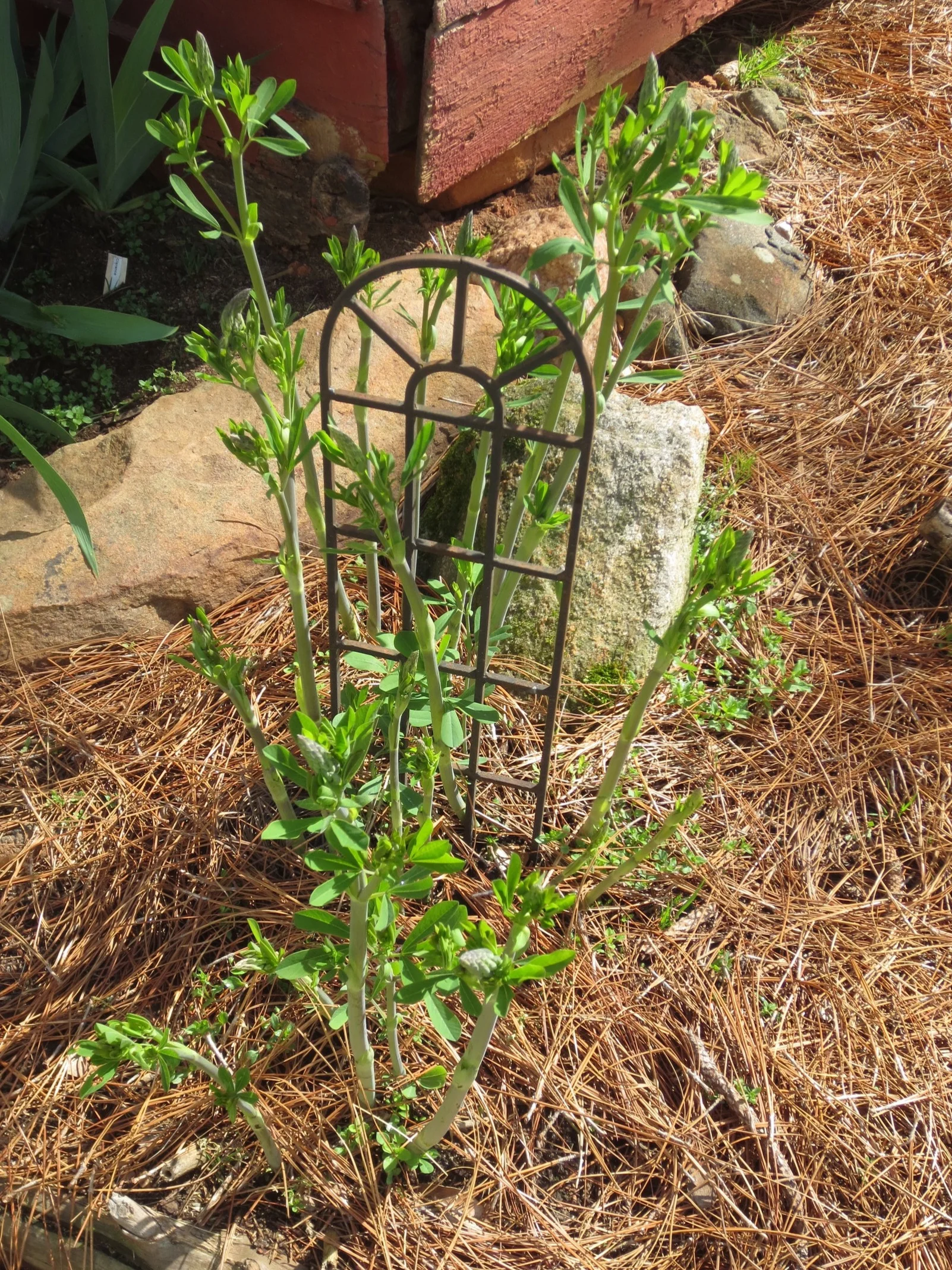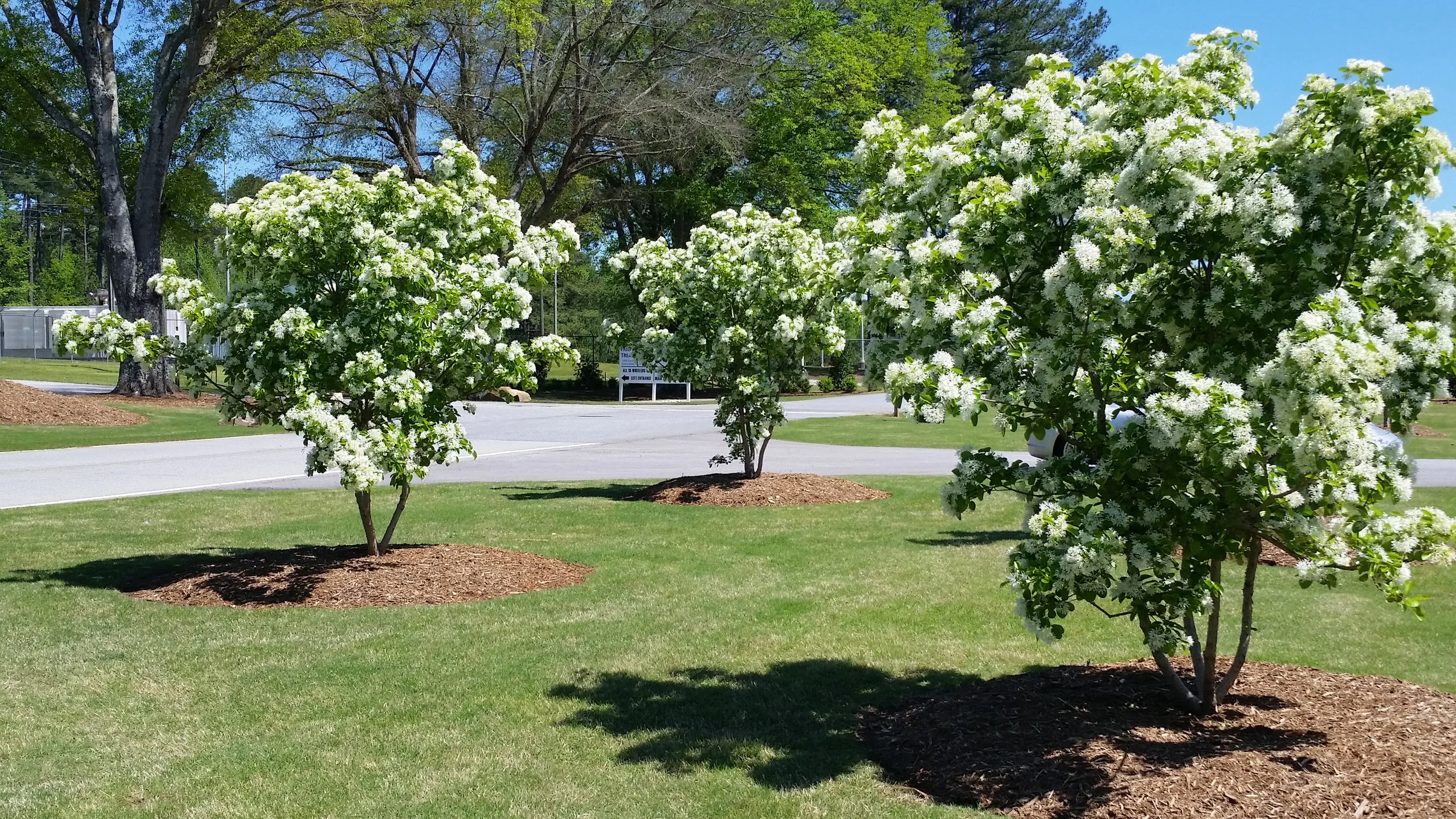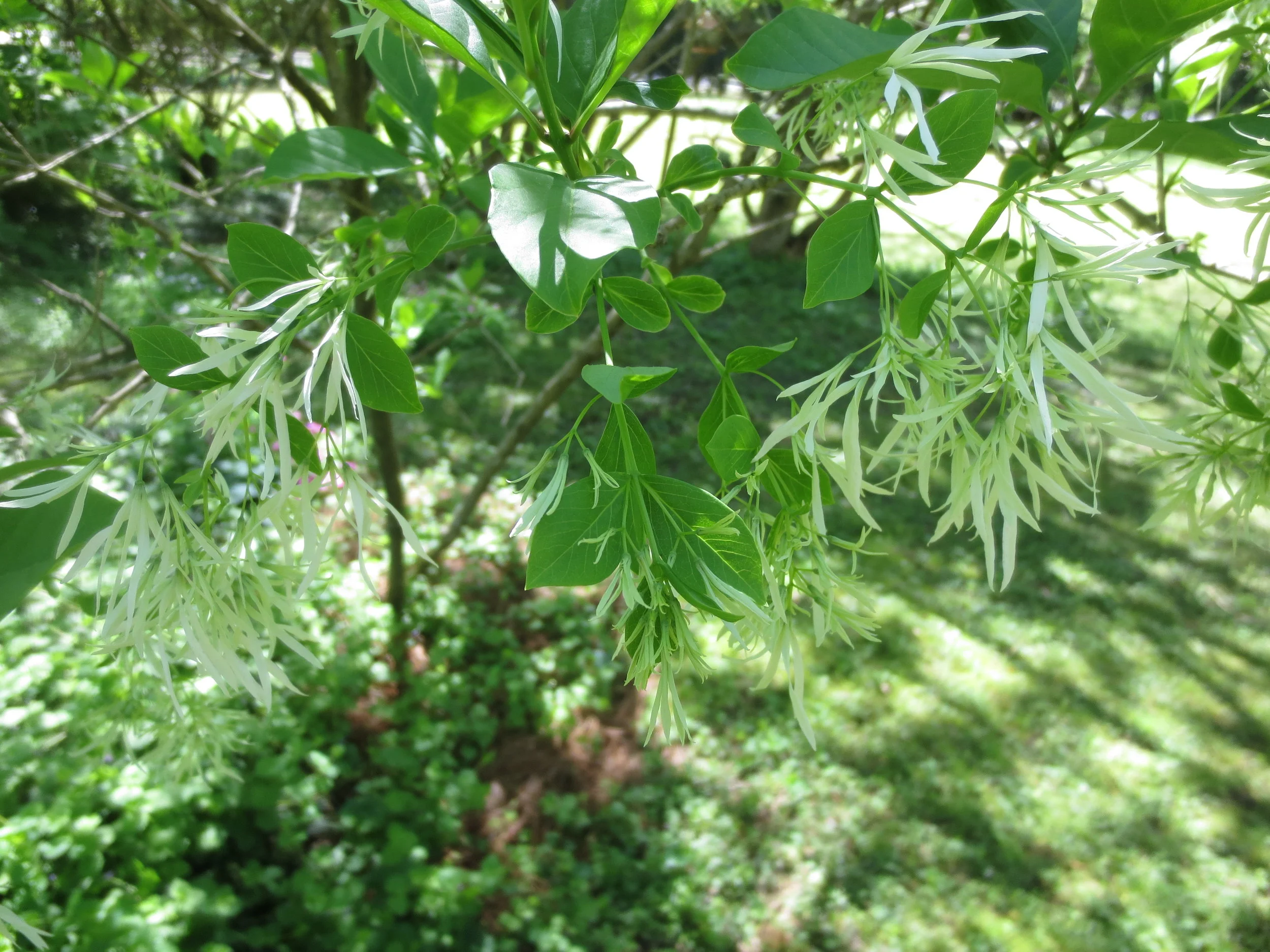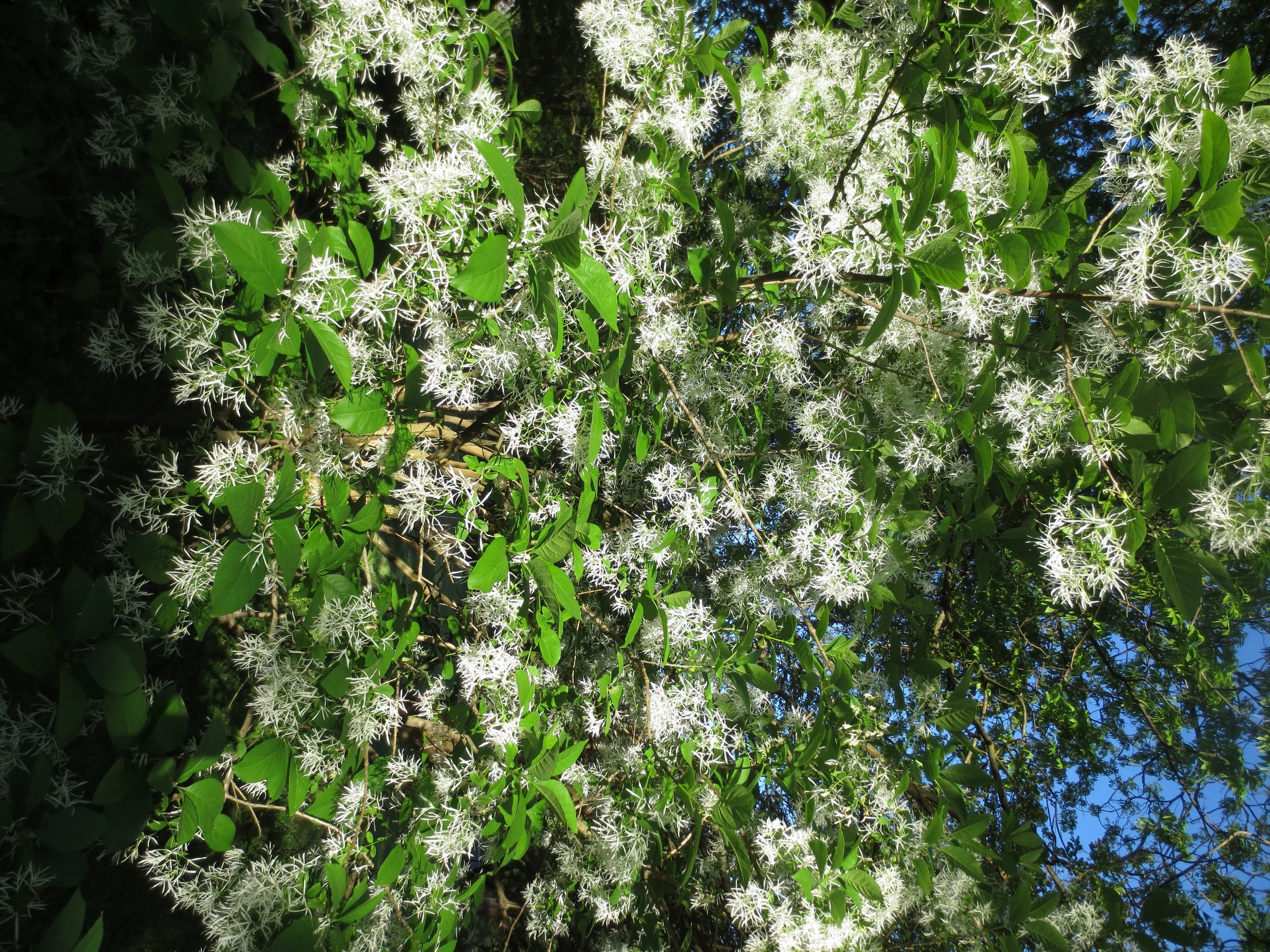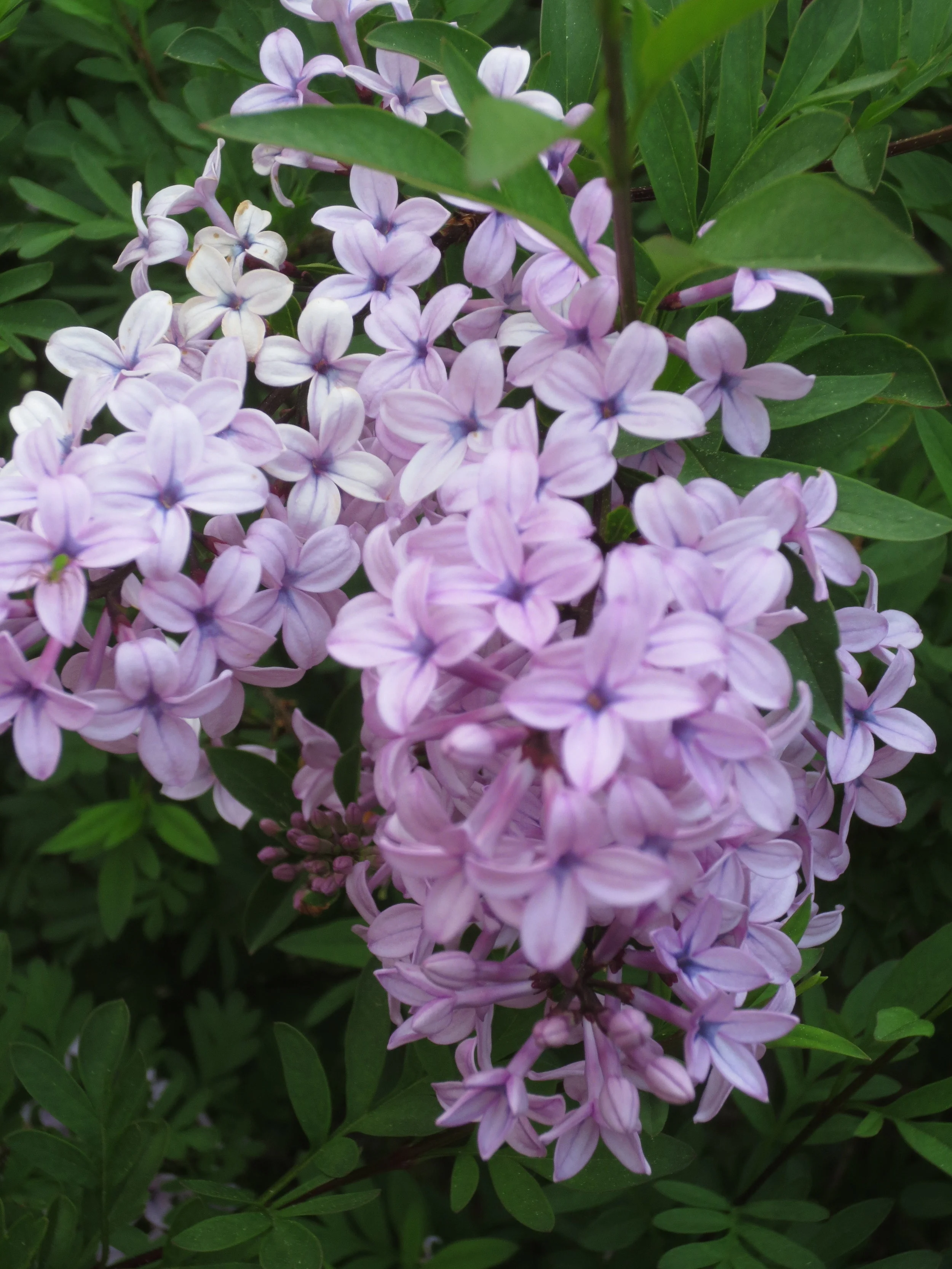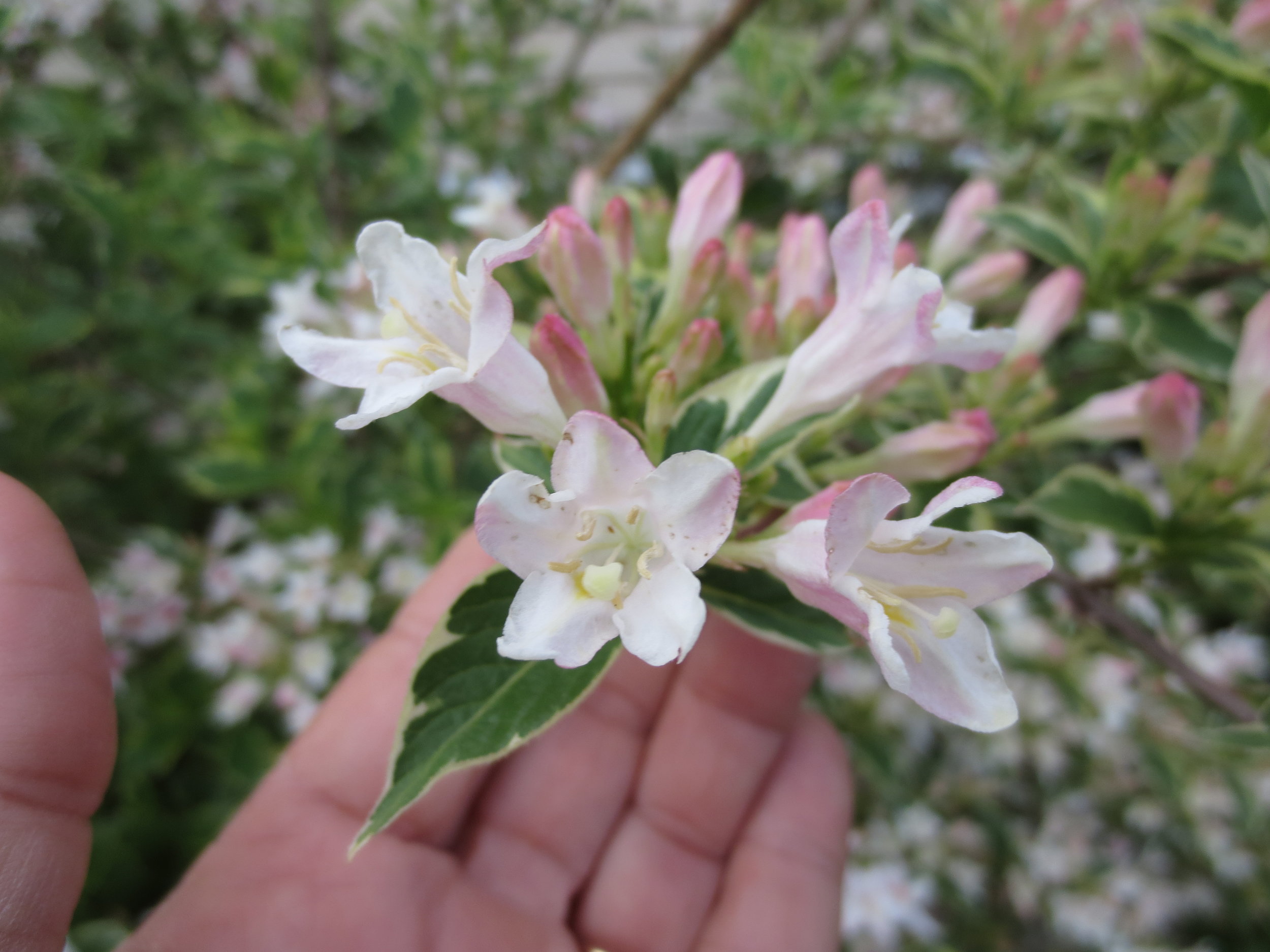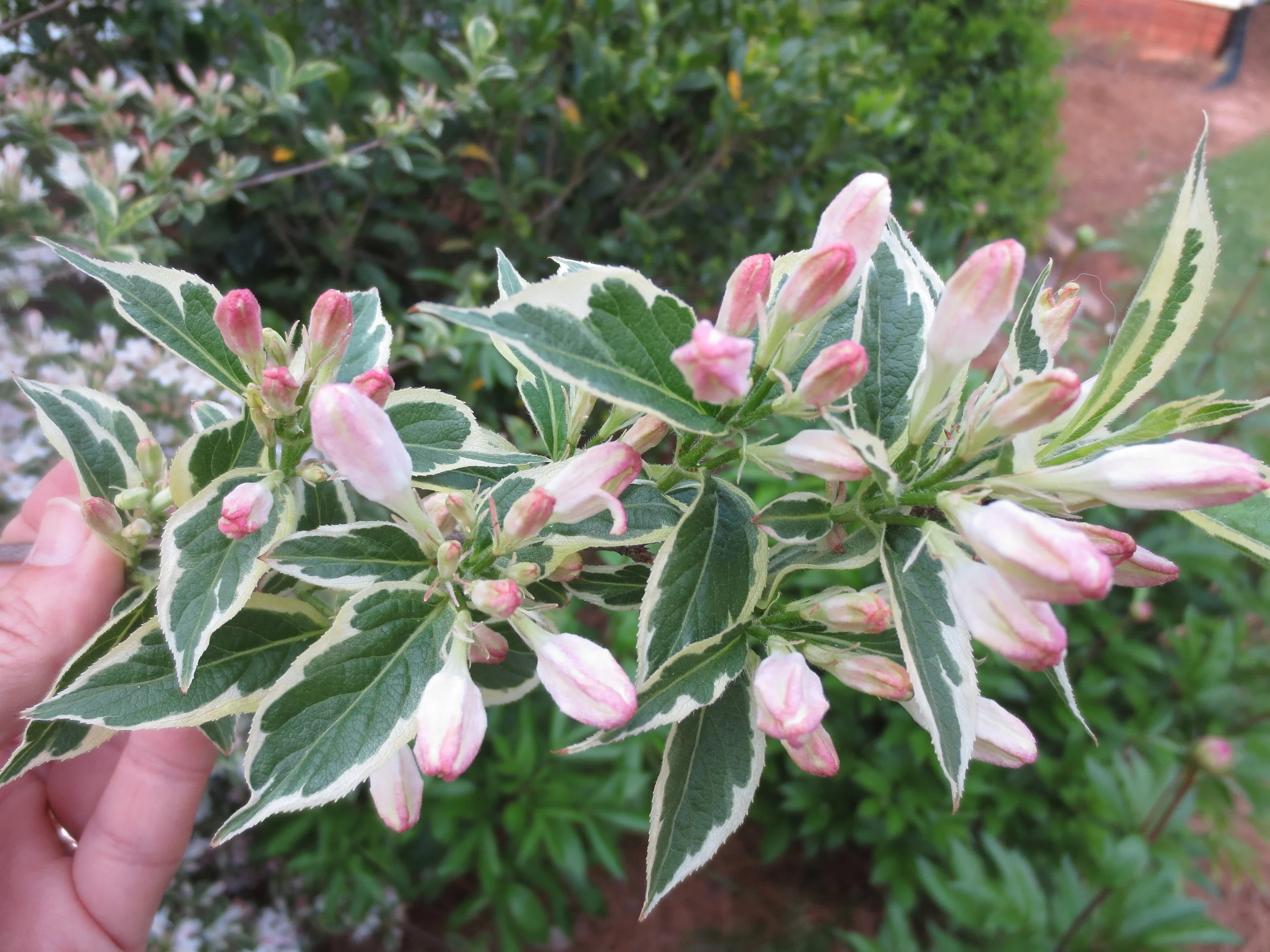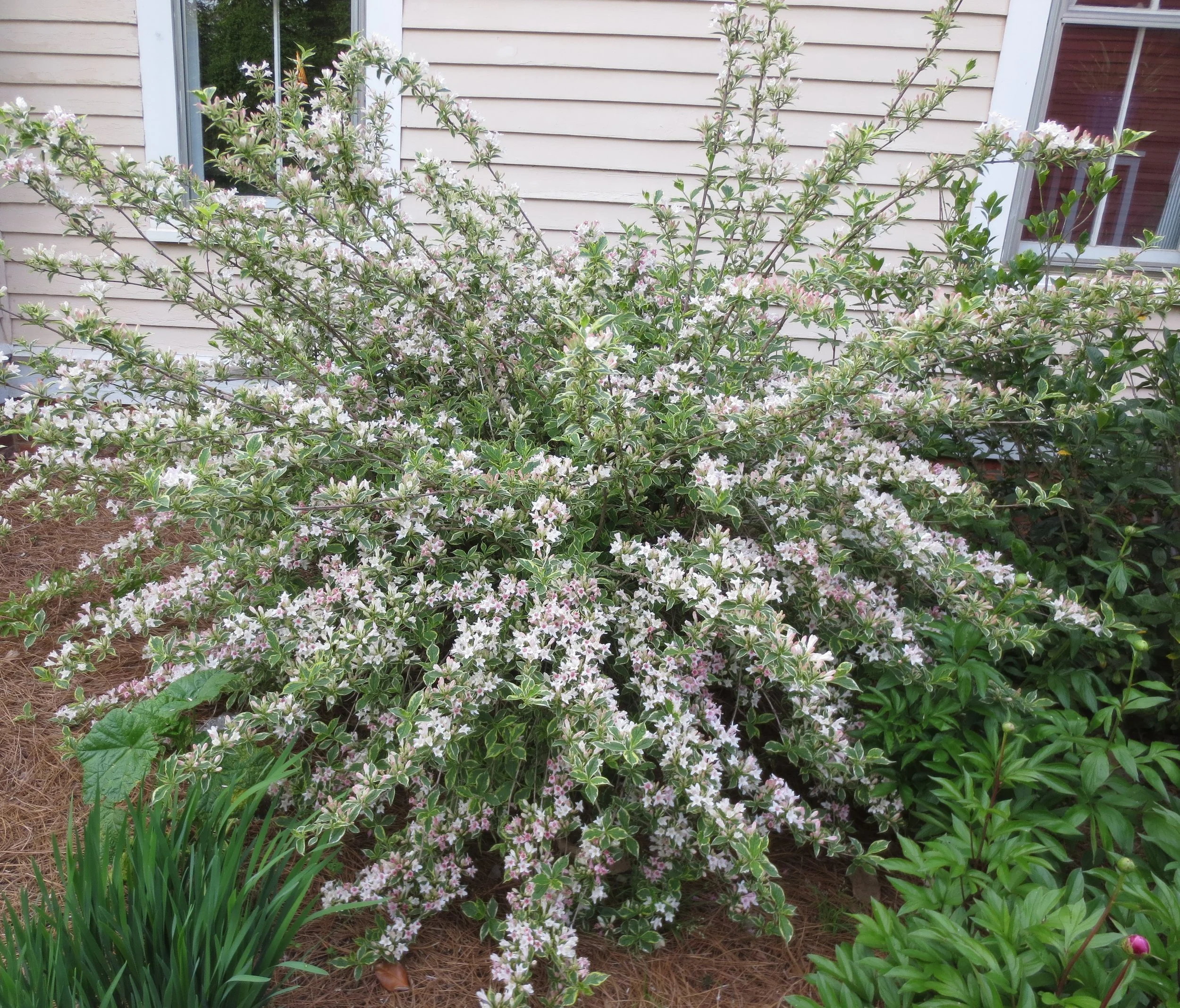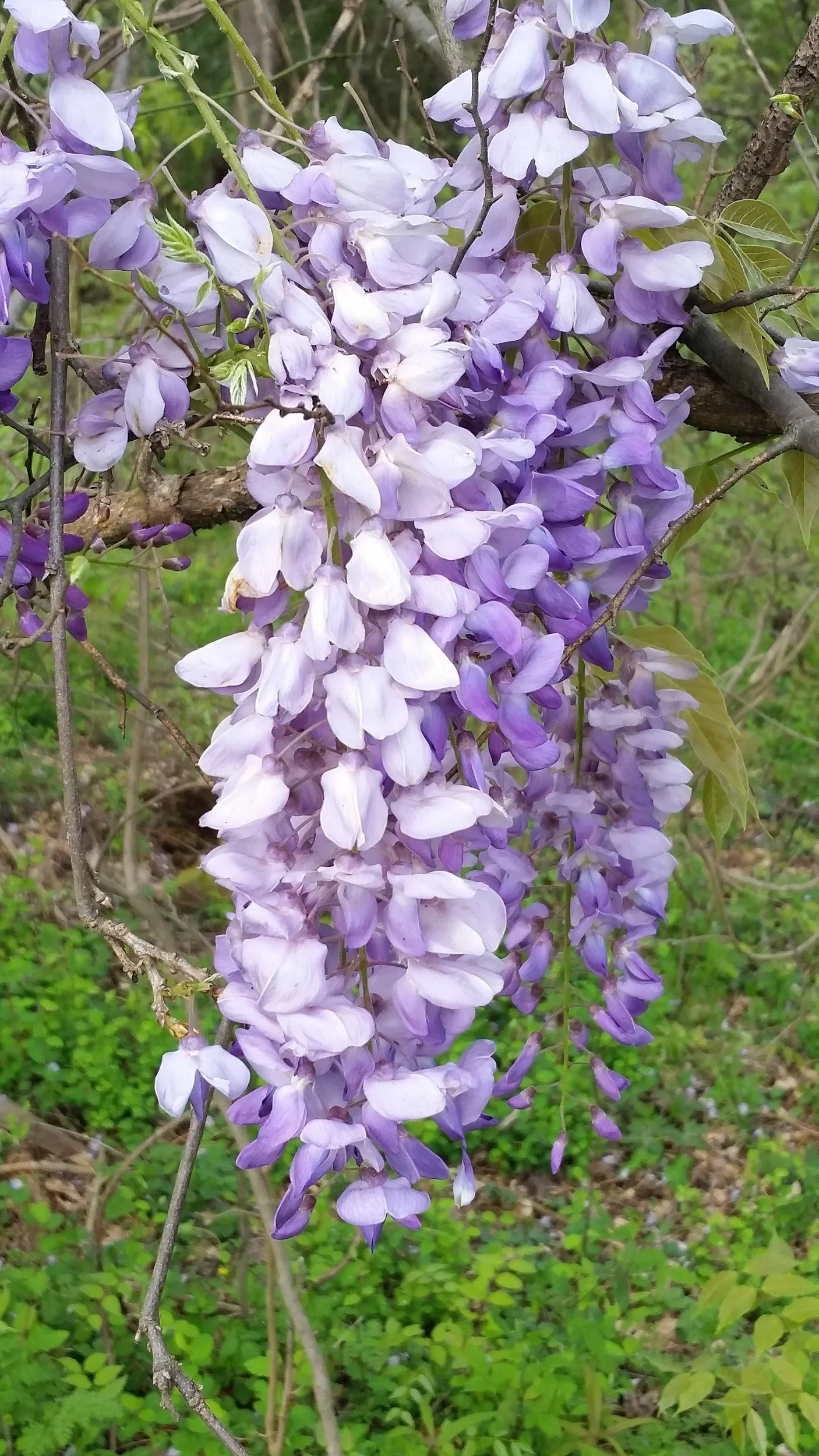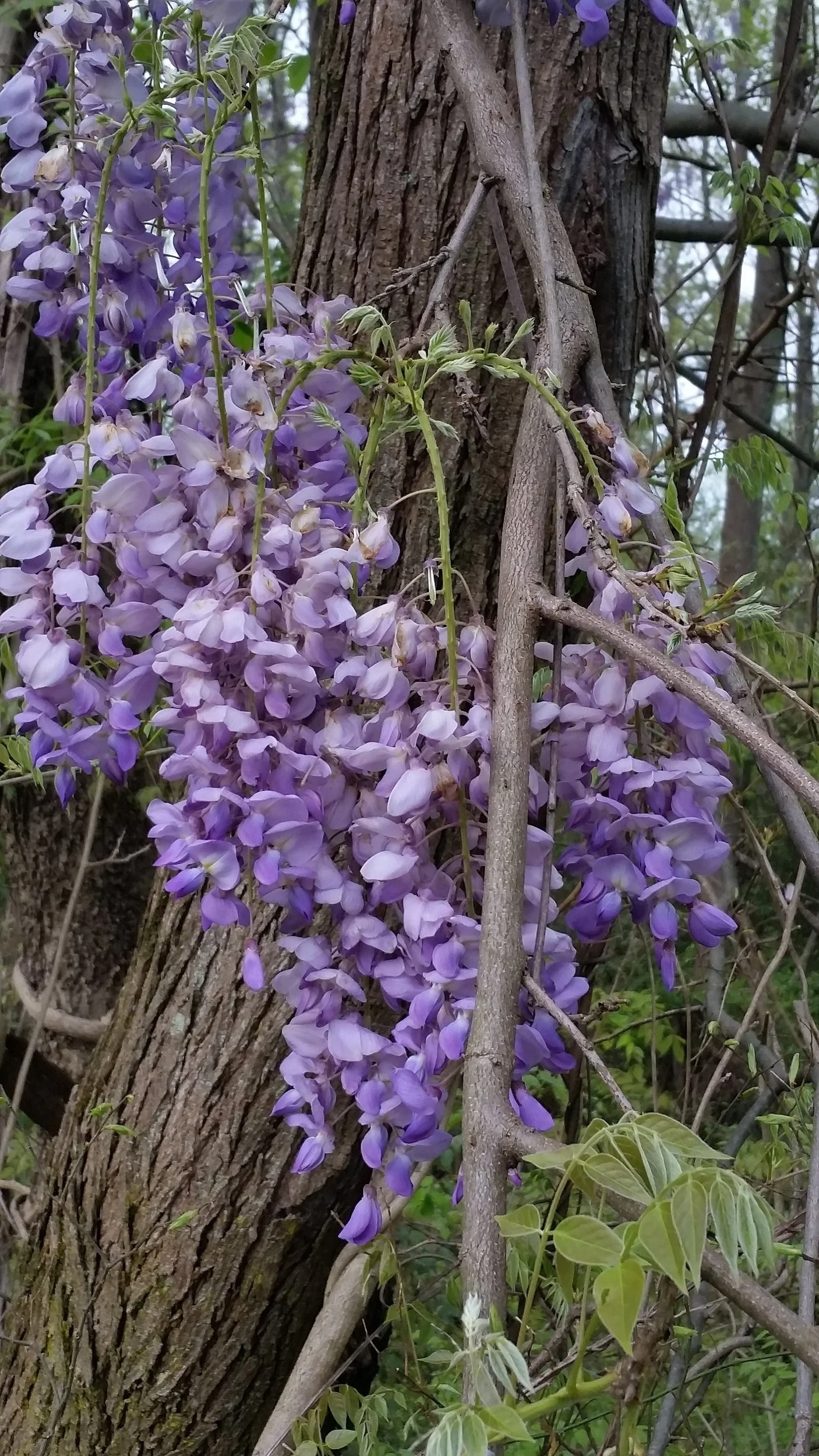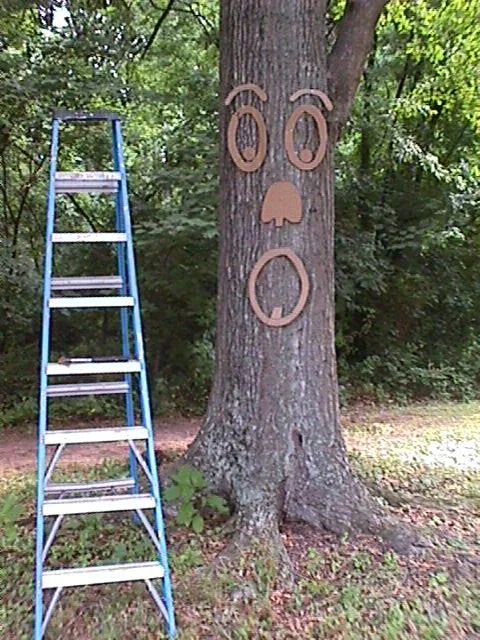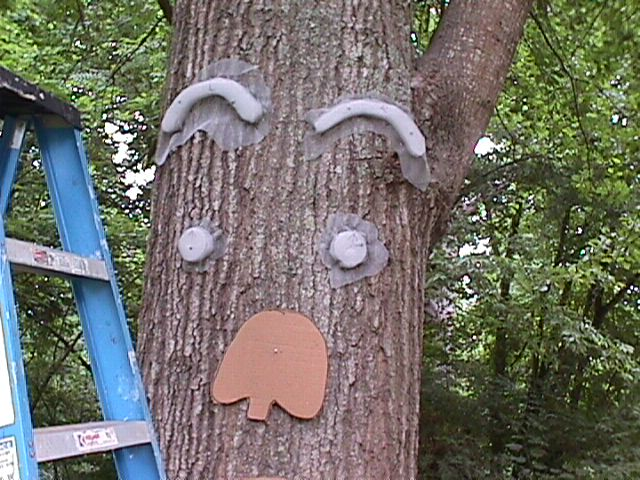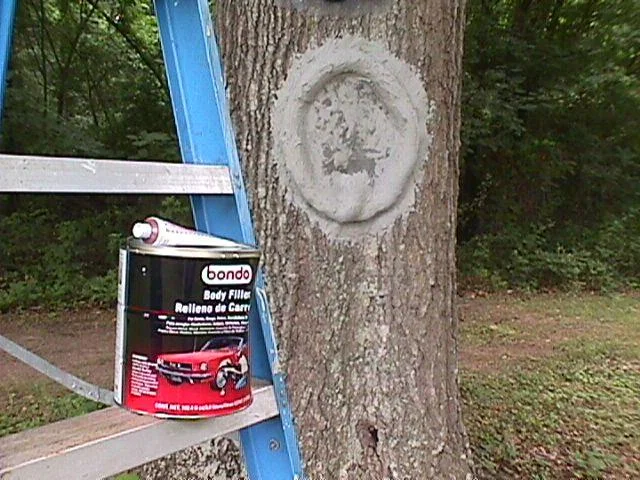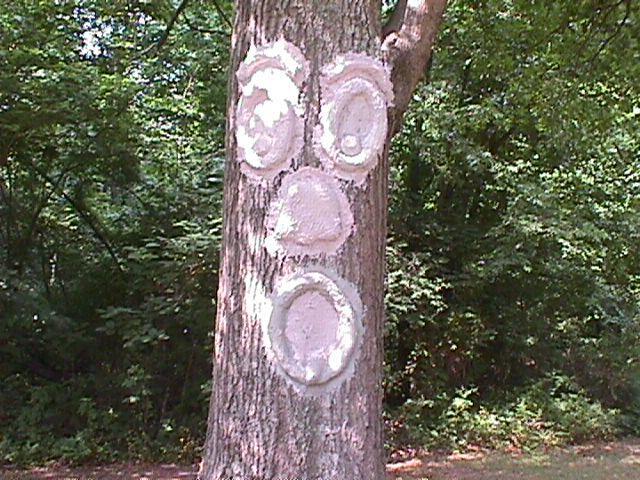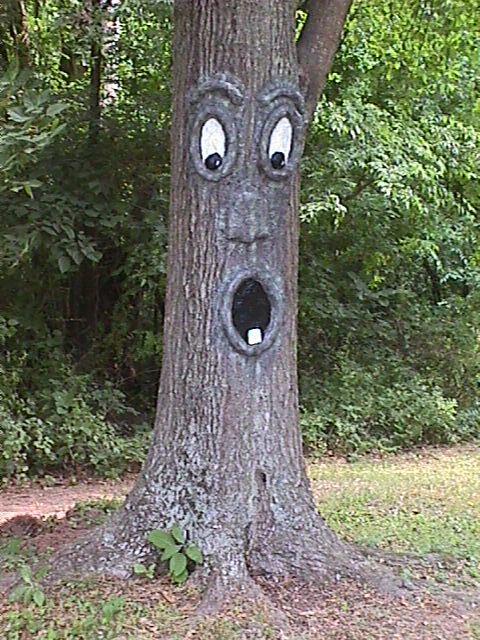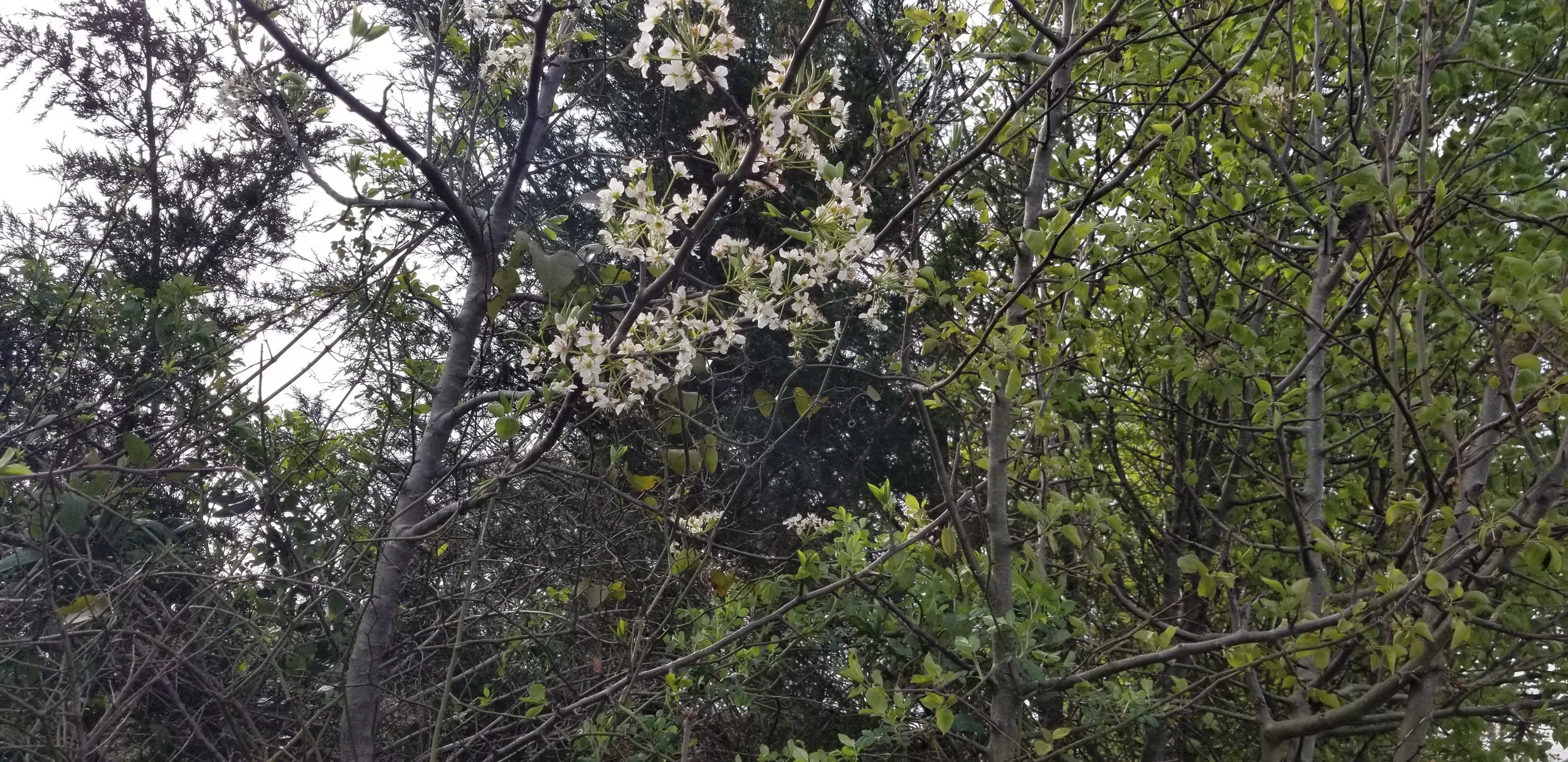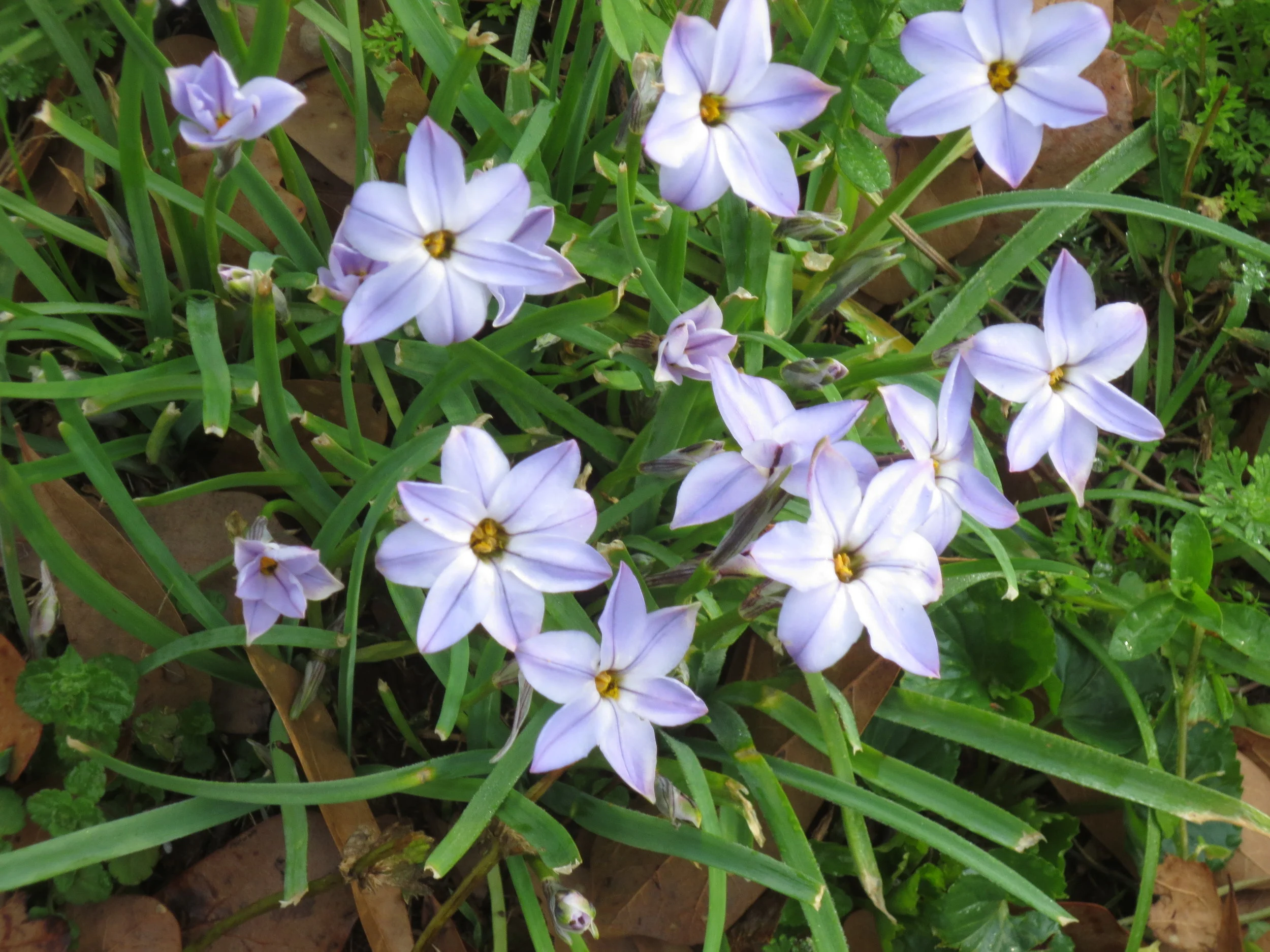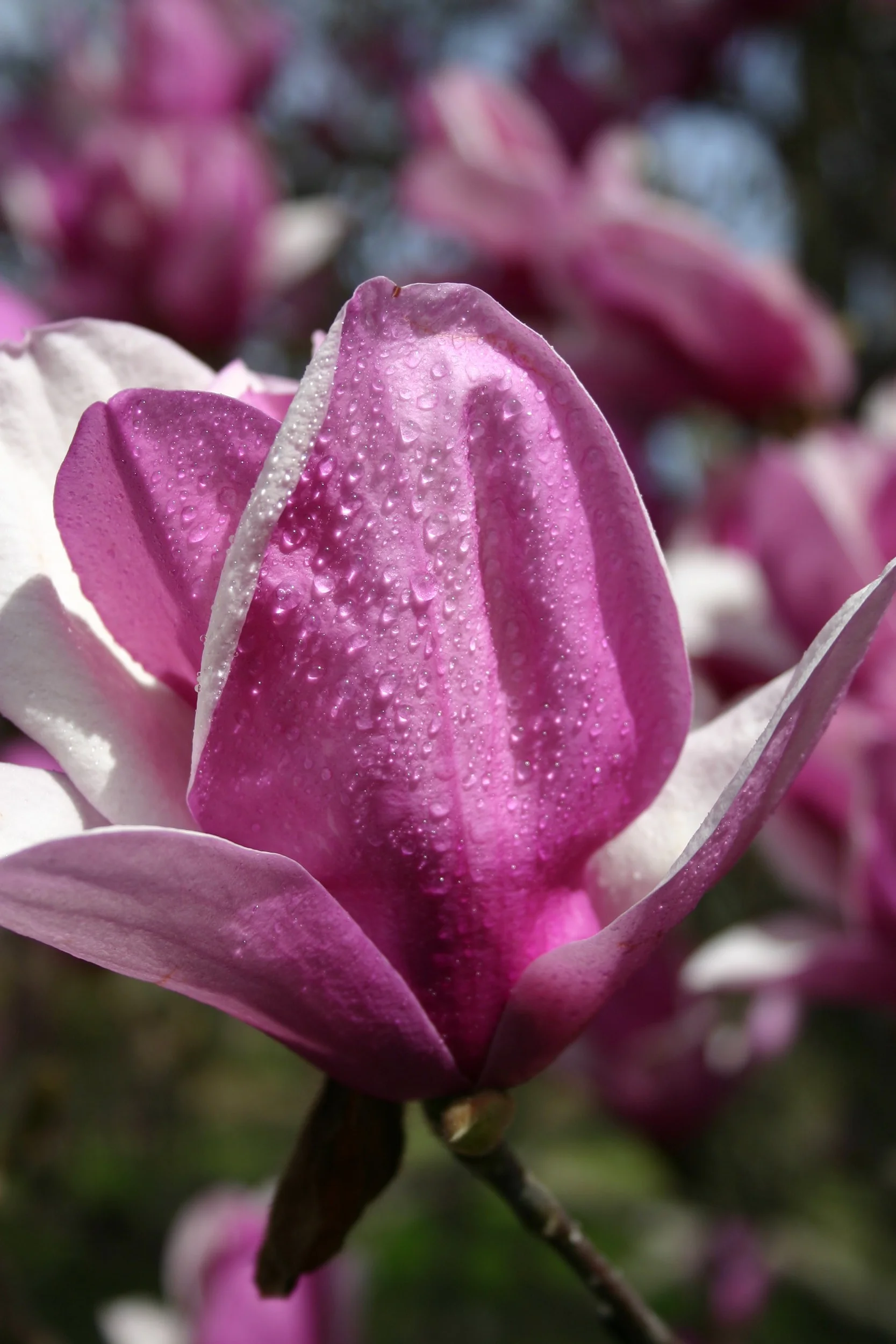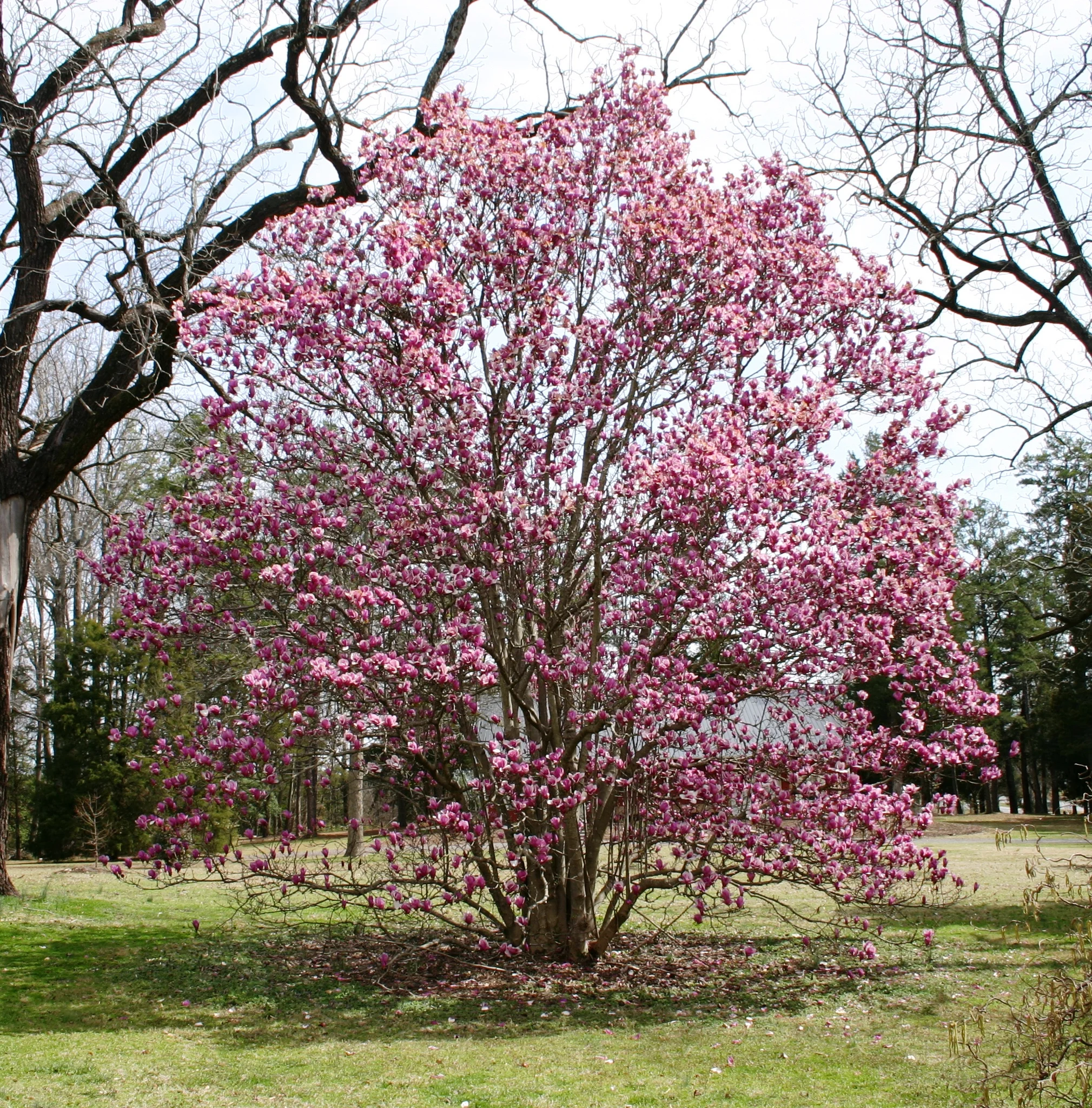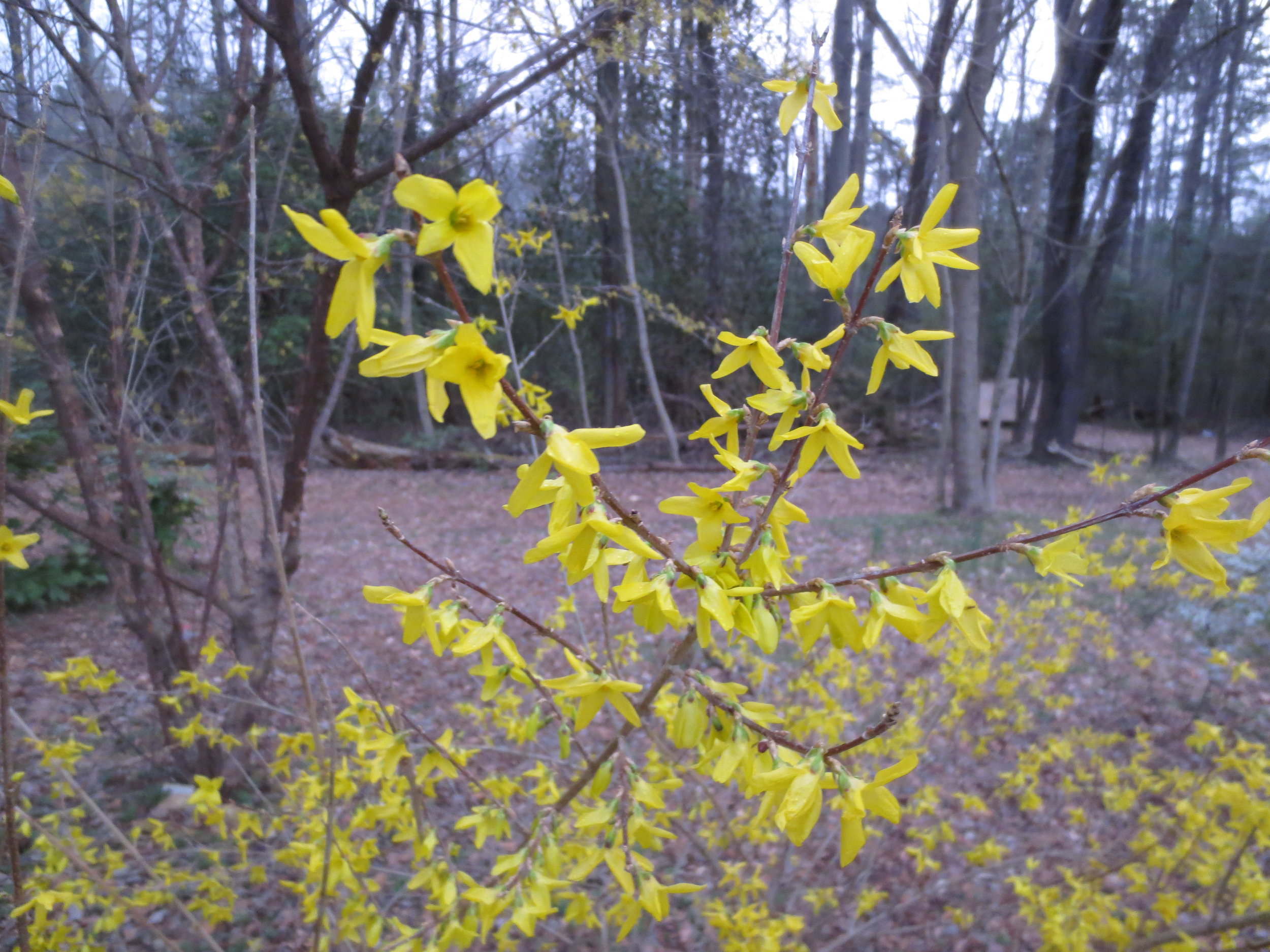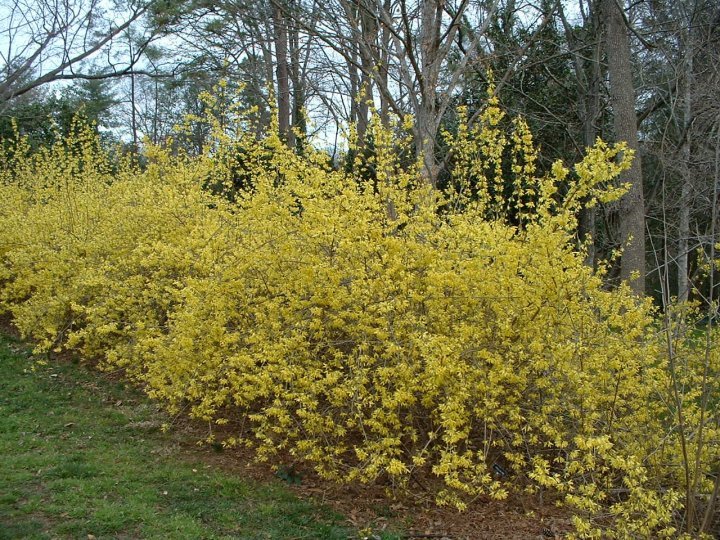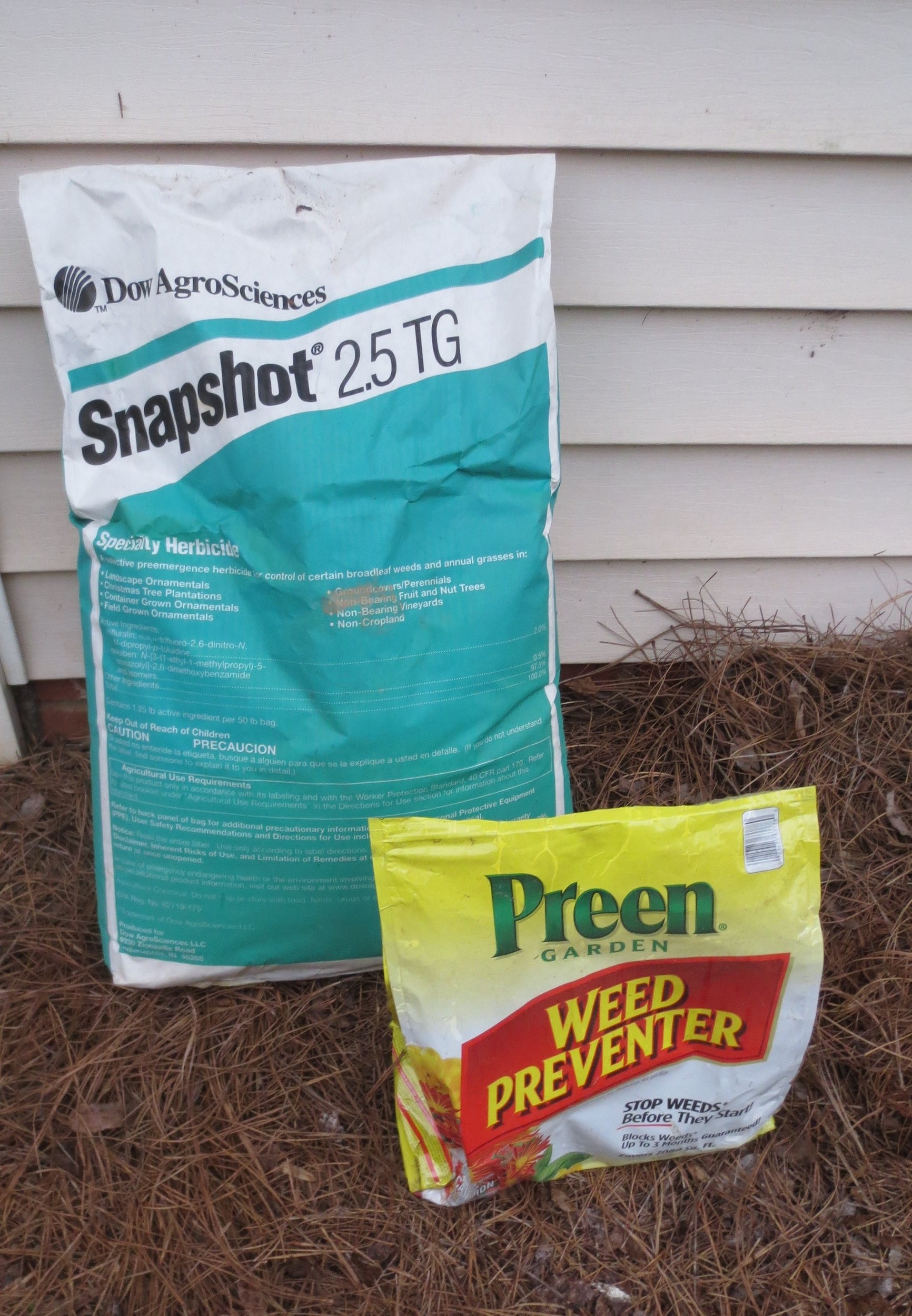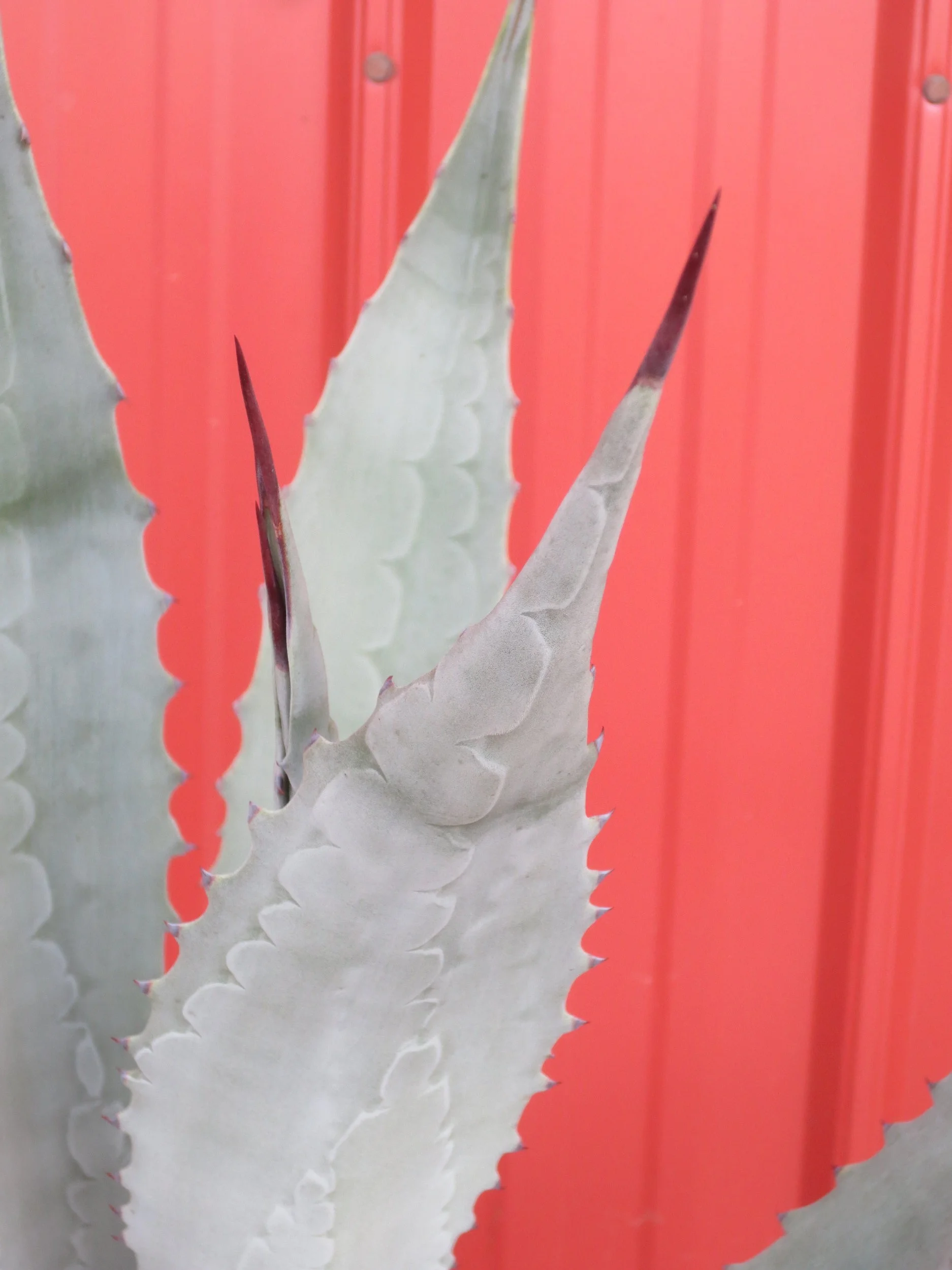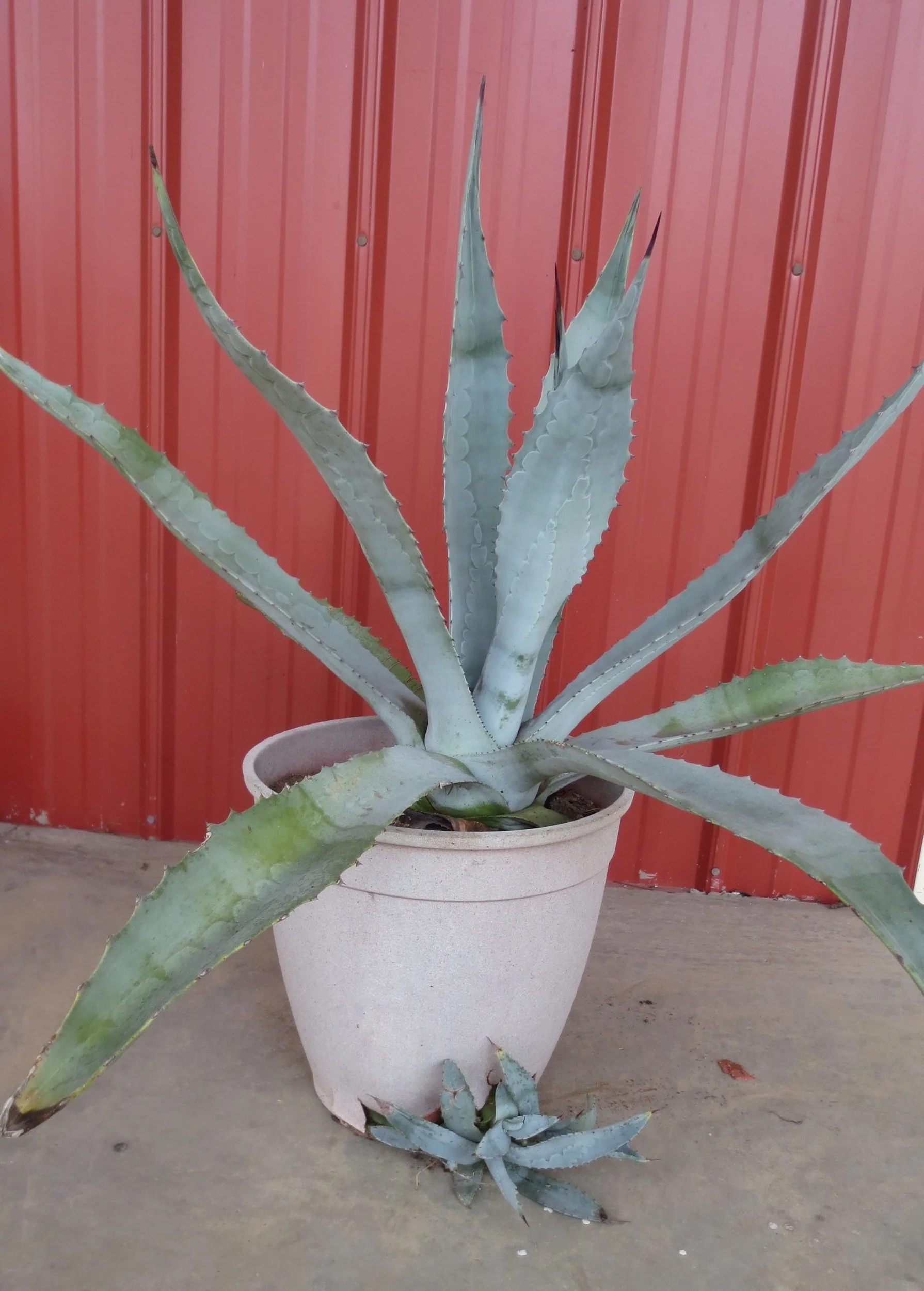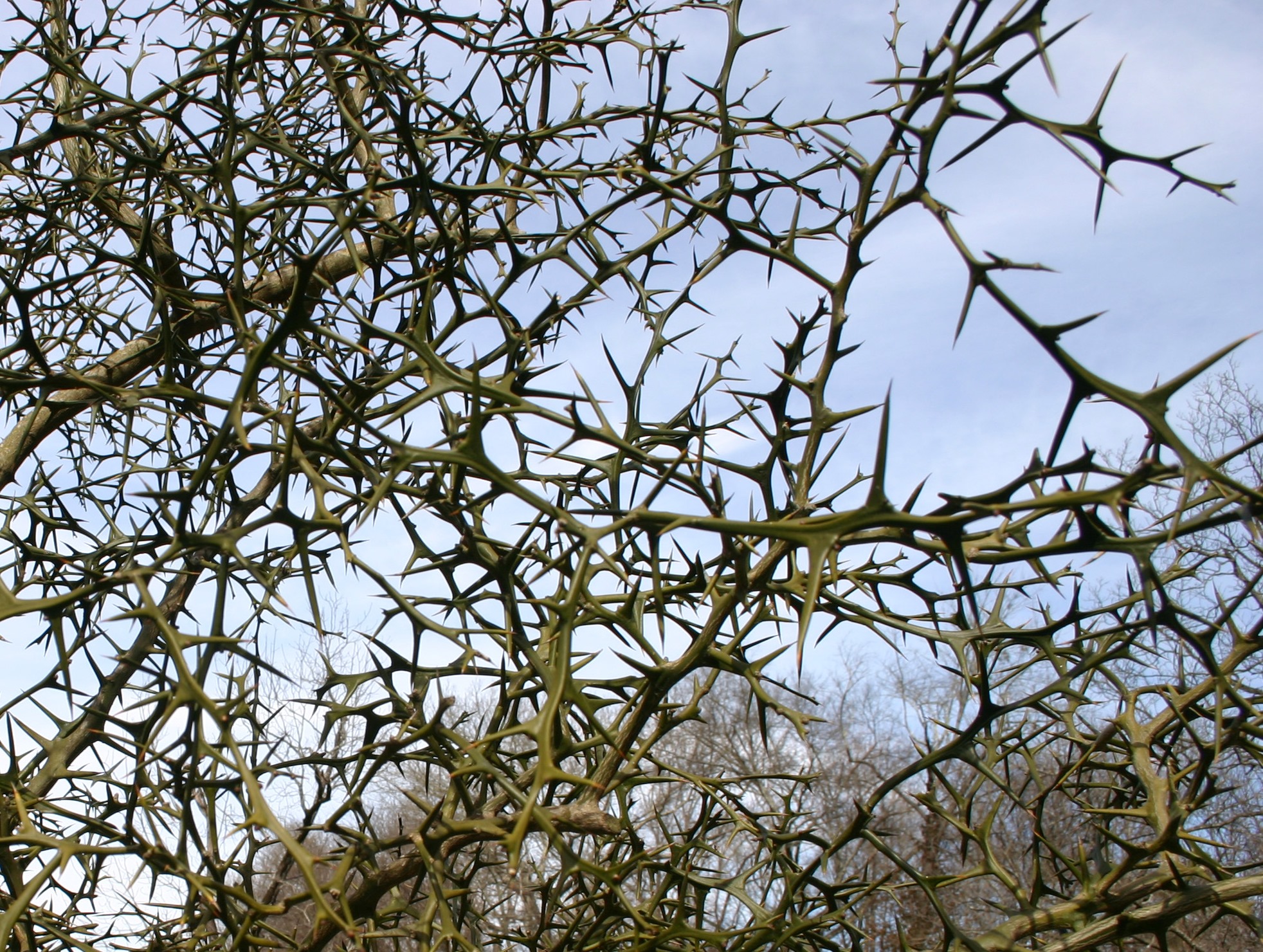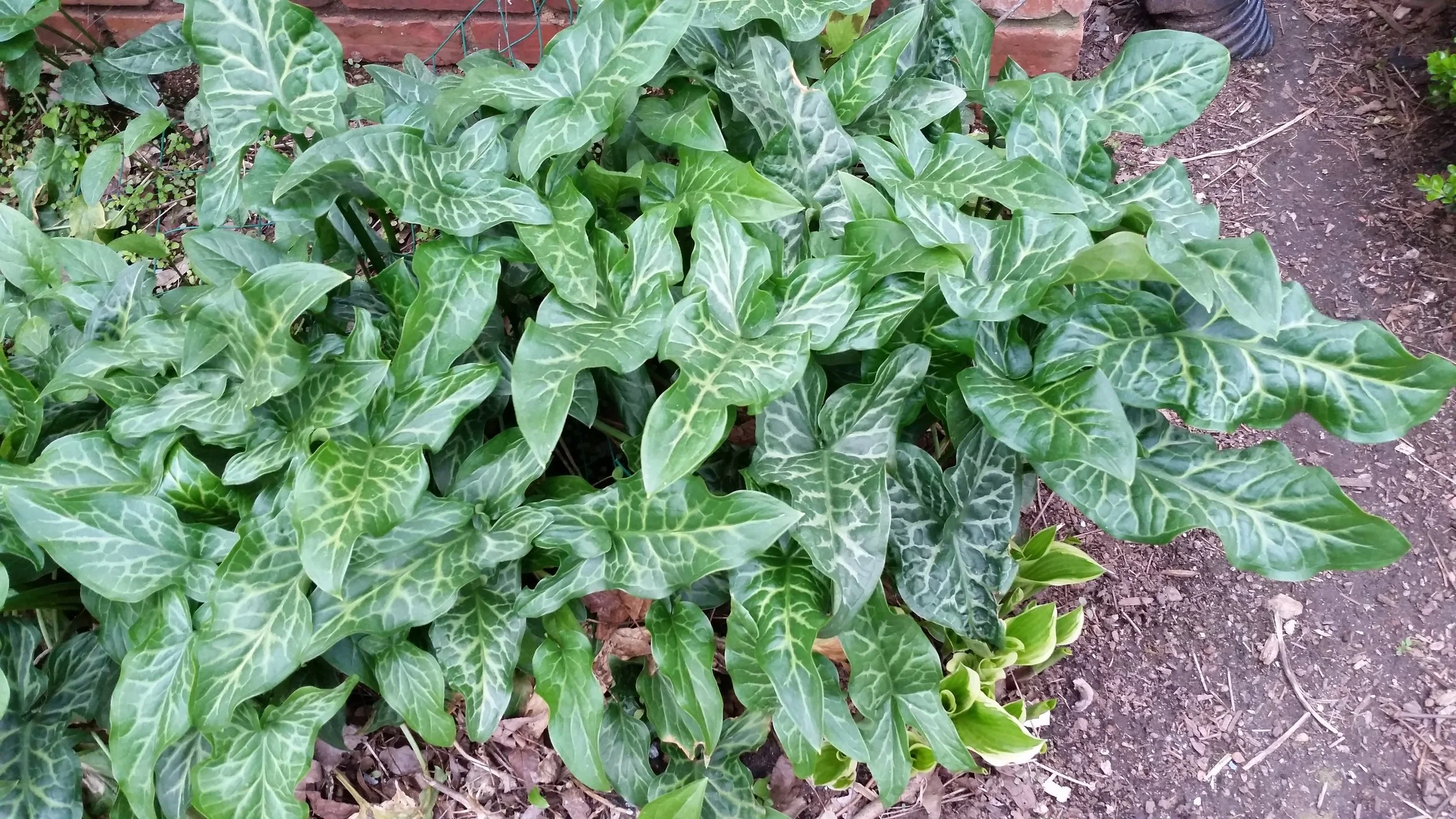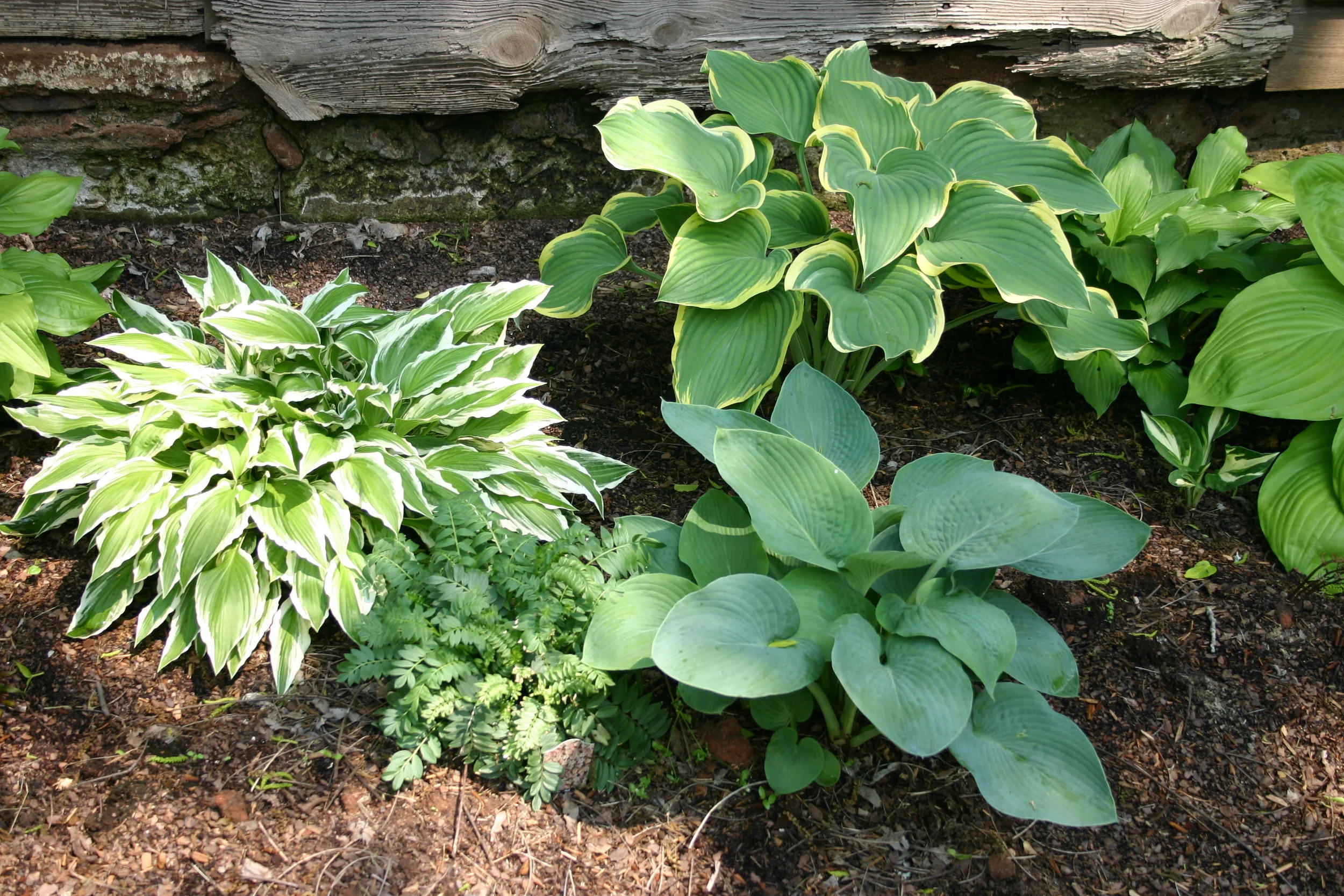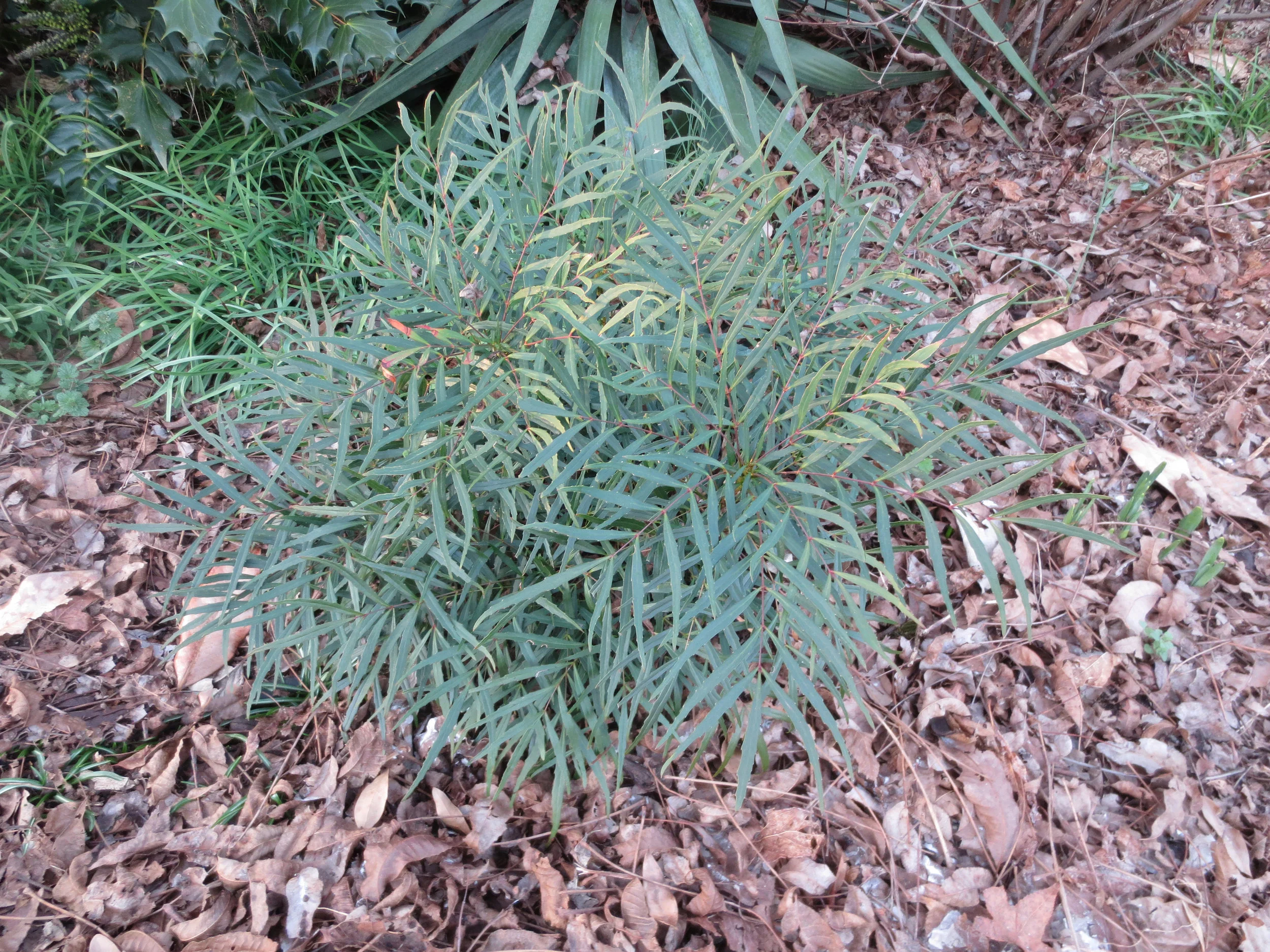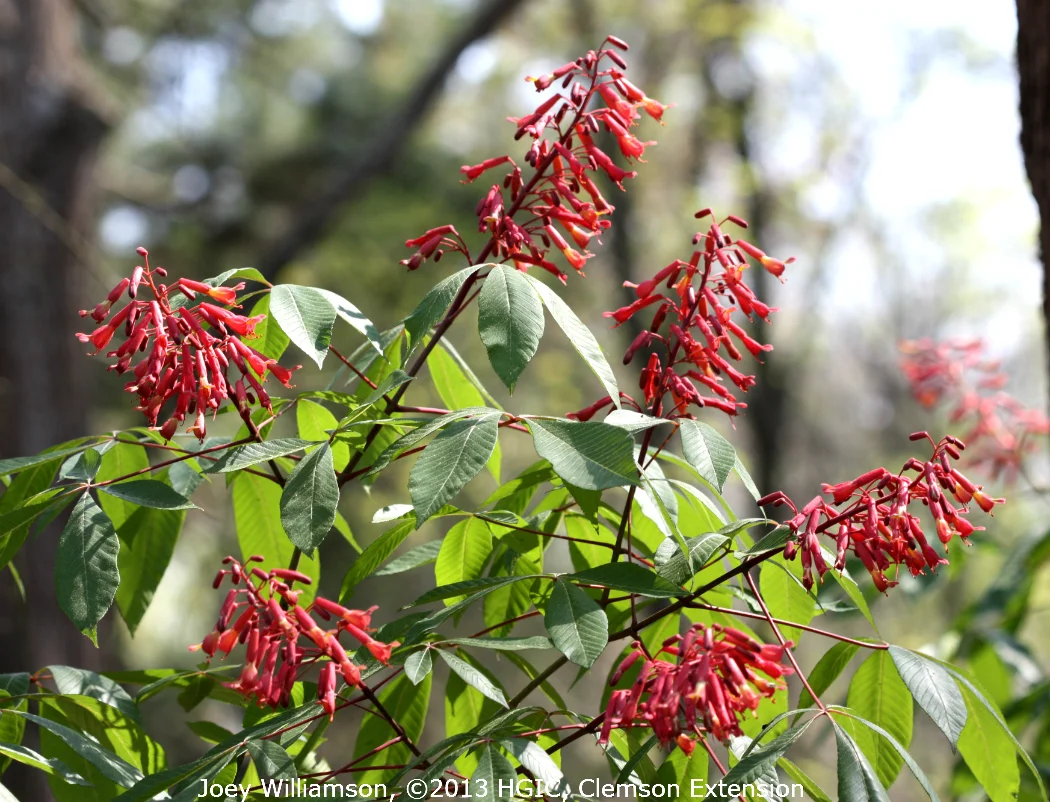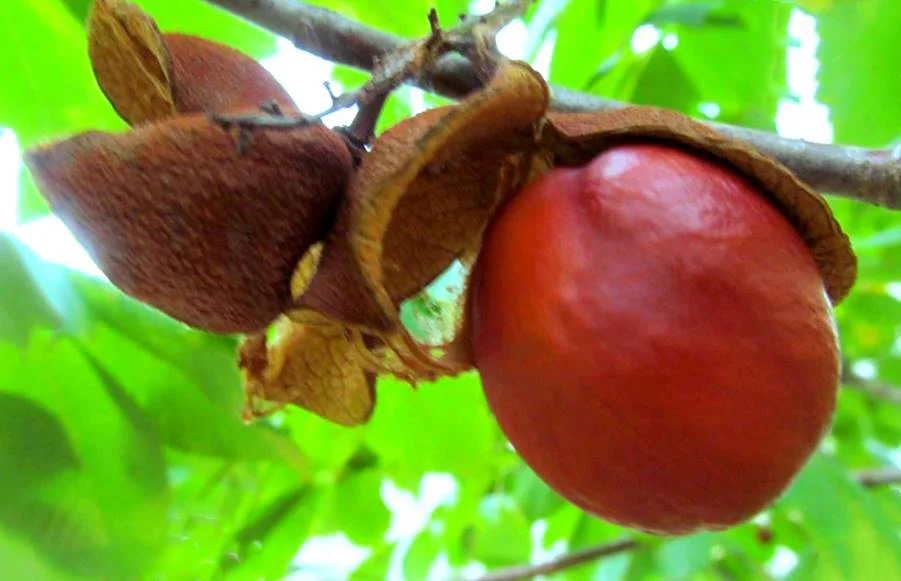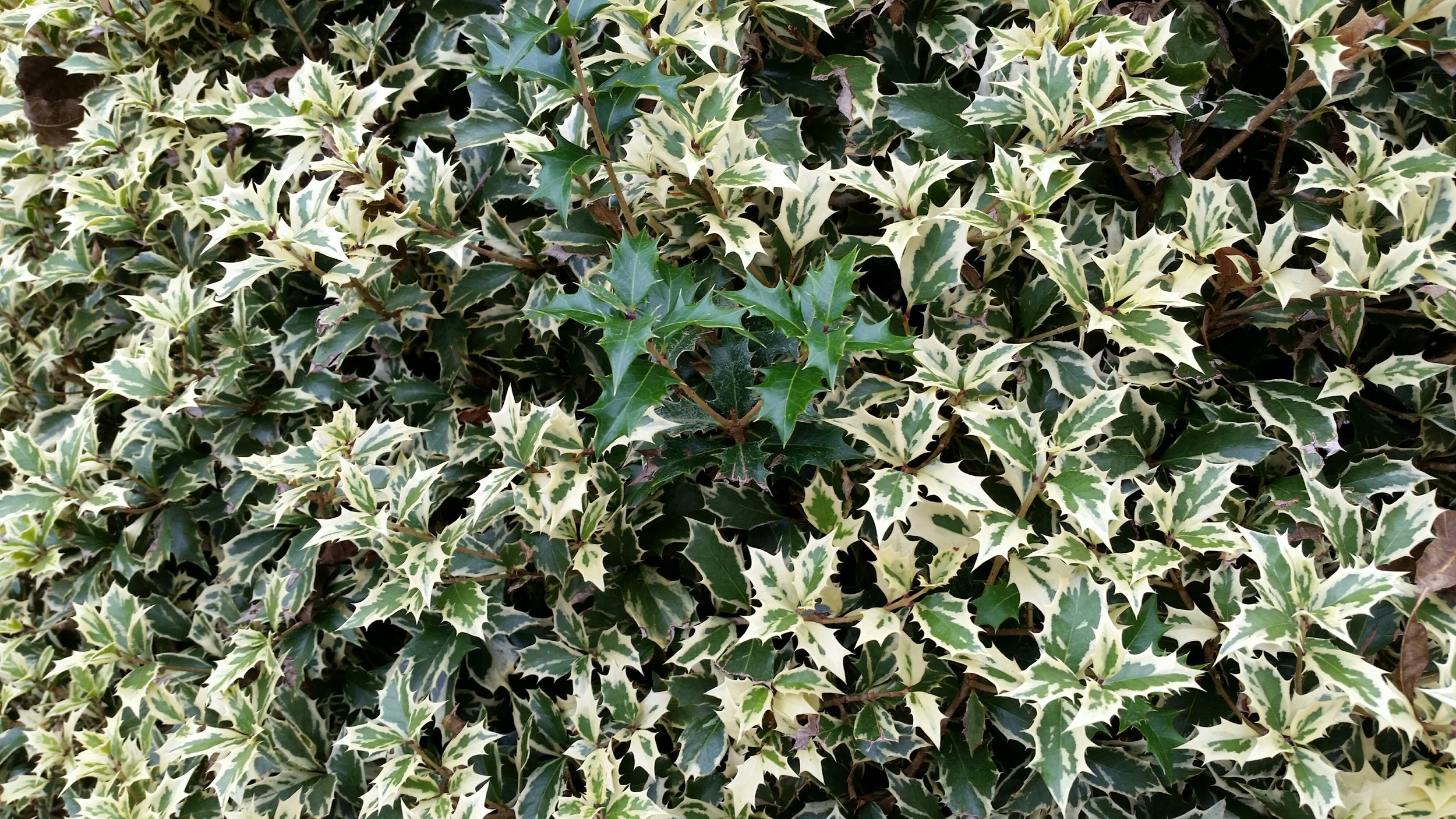Rose Campion (Lychnis coronaria) is an old fashioned passalong plant that is heat resistant and has beautiful spring and summer flowers. Most have magenta blooms, but there are also pink, white and blush forms available. When it is not in bloom, the gray felted leaves are easy to confuse with Lamb’s Ears (see the photo for a comparison).
The word “Lychnis” (pronounced LICK-niss) means “lamp” in Greek. Folklore says that the woolly leaves were sometimes rolled tightly and used as lamp wicks. A few people use the common name “Dusty Miller,” but there are multiple other plants that share that common name. Let’s stick with Rose Campion. Those soft gray leaves mean that it looks wonderful with pastels and makes a good peace-making divider between hot colors that might otherwise clash. I would avoid pairing it with pale lemony yellows, but it looks fine against school-bus yellow. The leaves look fantastic when paired with pink or red companions. They also look good against burgundy foliage.
Rose Campion forms a basal leaf rosette that mimics Verbascum. Thin bloom stems shoot up to 30”or more and erupt in small, velvety 5-petaled flowers. If you plan to pair yours with red or purple flowers, it is worth seeking out the white or blush colors. I learned from sad experience that magenta clashes like thunder with red Amaryllis. (Plans are underway for a relocation of the Amaryllis.) All colors bloom longer if deadheaded. I tend to leave those in the Mary Snoddy garden ungroomed so they spread seeds around. They reseed readily if left unmulched, which makes them a great passalong gift. The plants are easy to move when small. Space them a foot apart in full sun, zones 4-8.
Due to its fuzzy gray coat, Rose Campion rarely needs any supplemental watering. Mine are used as an edging, planted in full baking sun next to an asphalt driveway. They are never irrigated. If plants receive too much water or if the leaves stay damp too long in periods of high humidity, they may rot. Locating them in an area with good air circulation helps. They tolerate clay and prefer poor soil. Too rich a soil makes their stems weak, so blooms flop. They are not bothered by insects or diseases. The deer have not damaged mine – yet.
Lambs Ears between Rose Campions.
Rose Campion paired with pink-blooming Limemound Spirea and purple Iris ensata
Magenta Rose Campion

